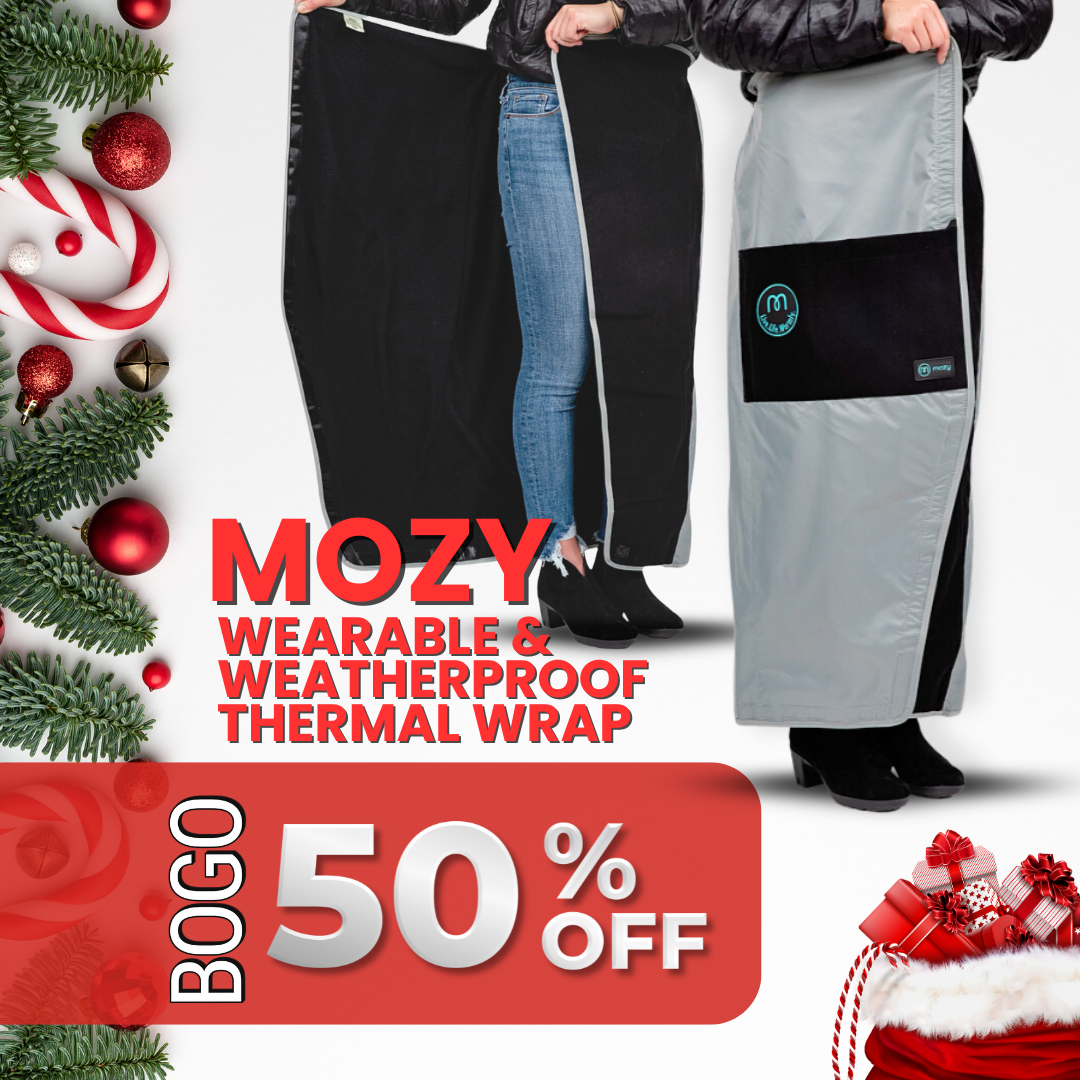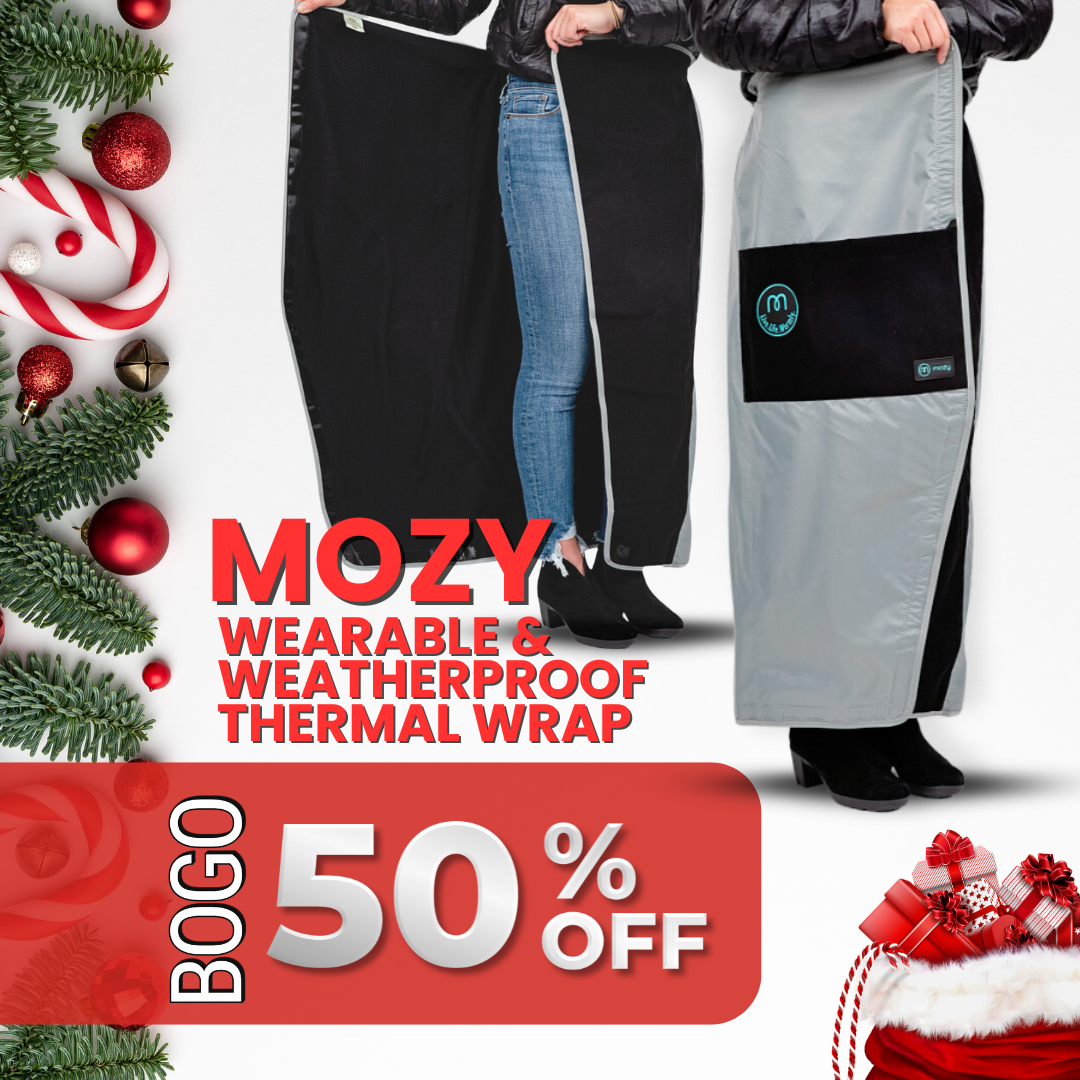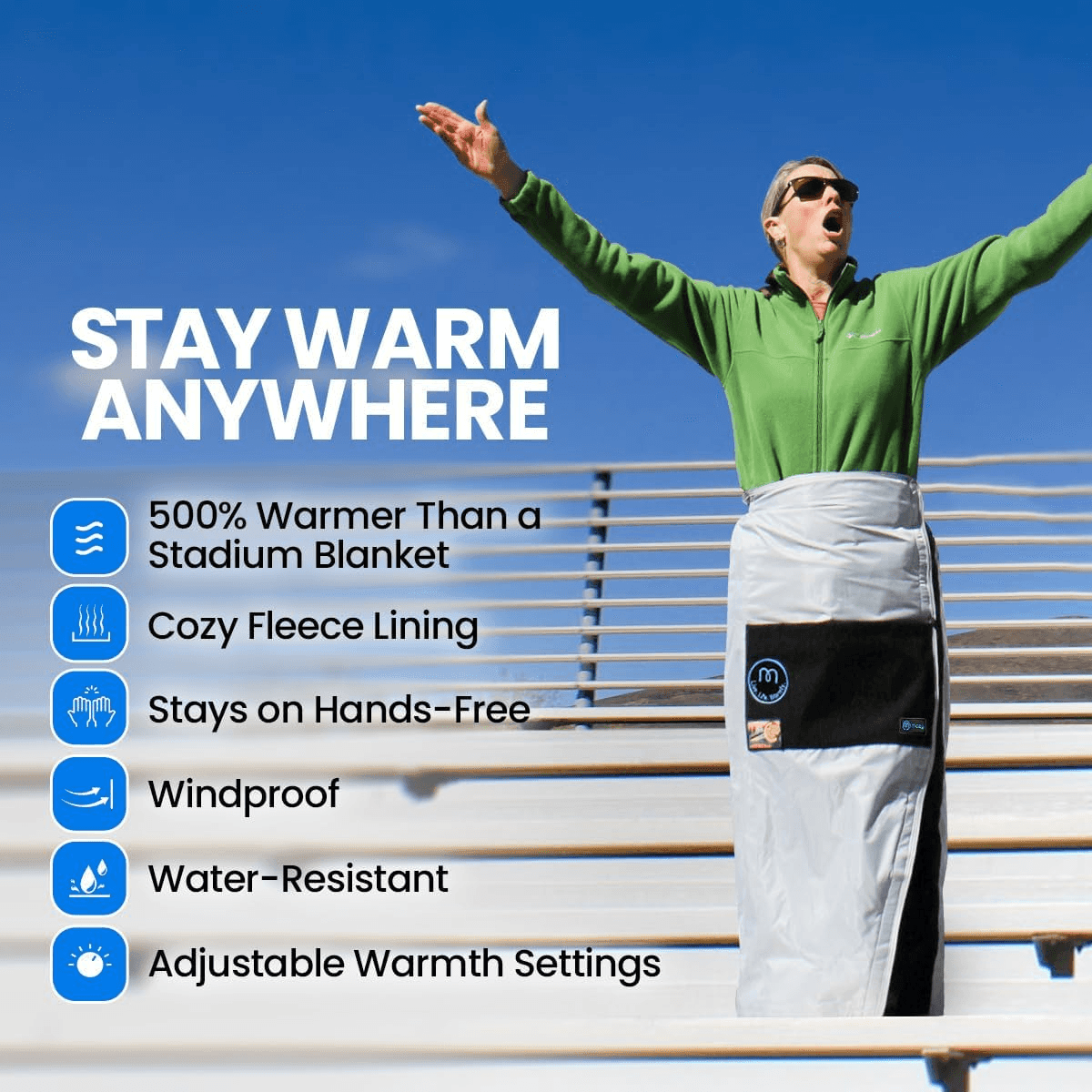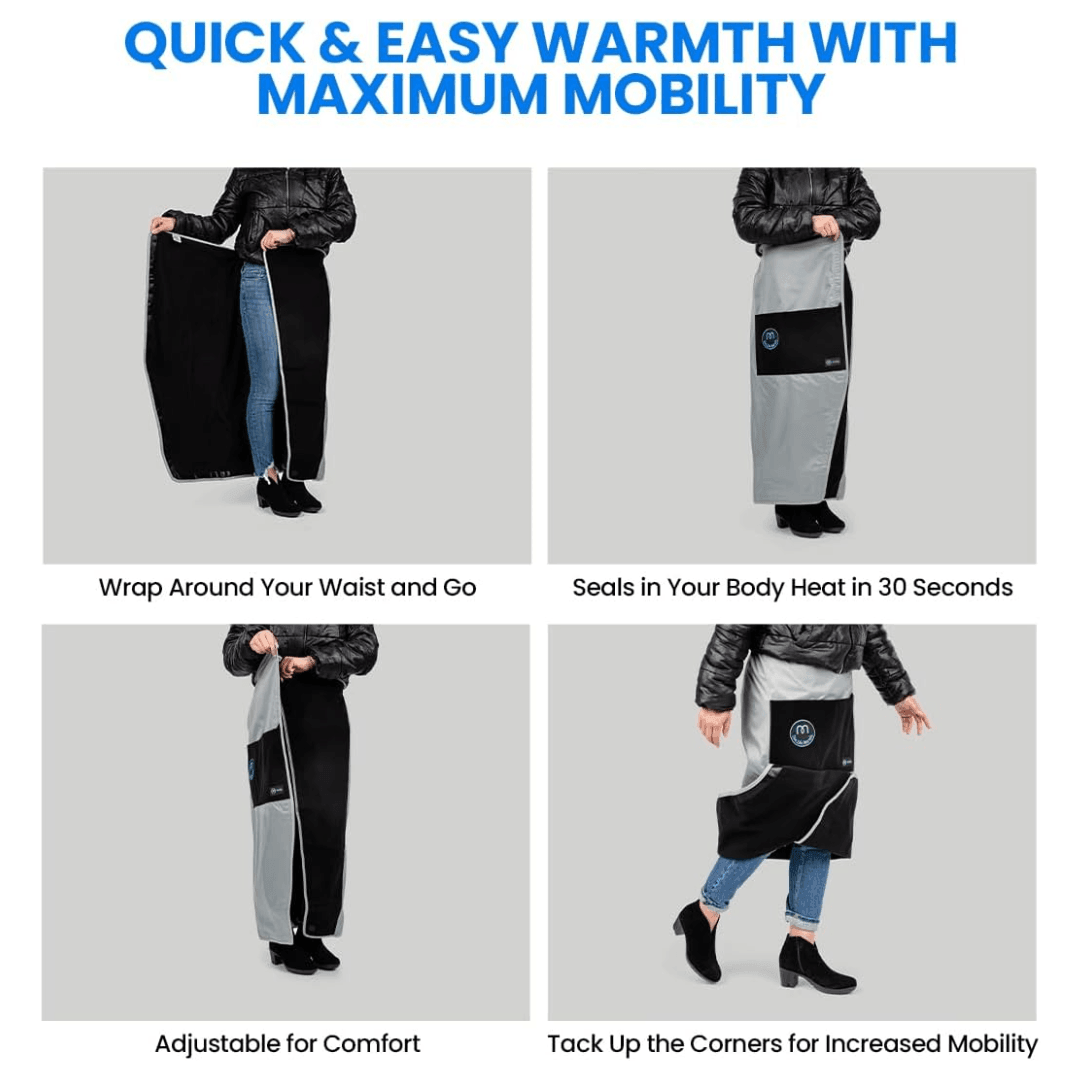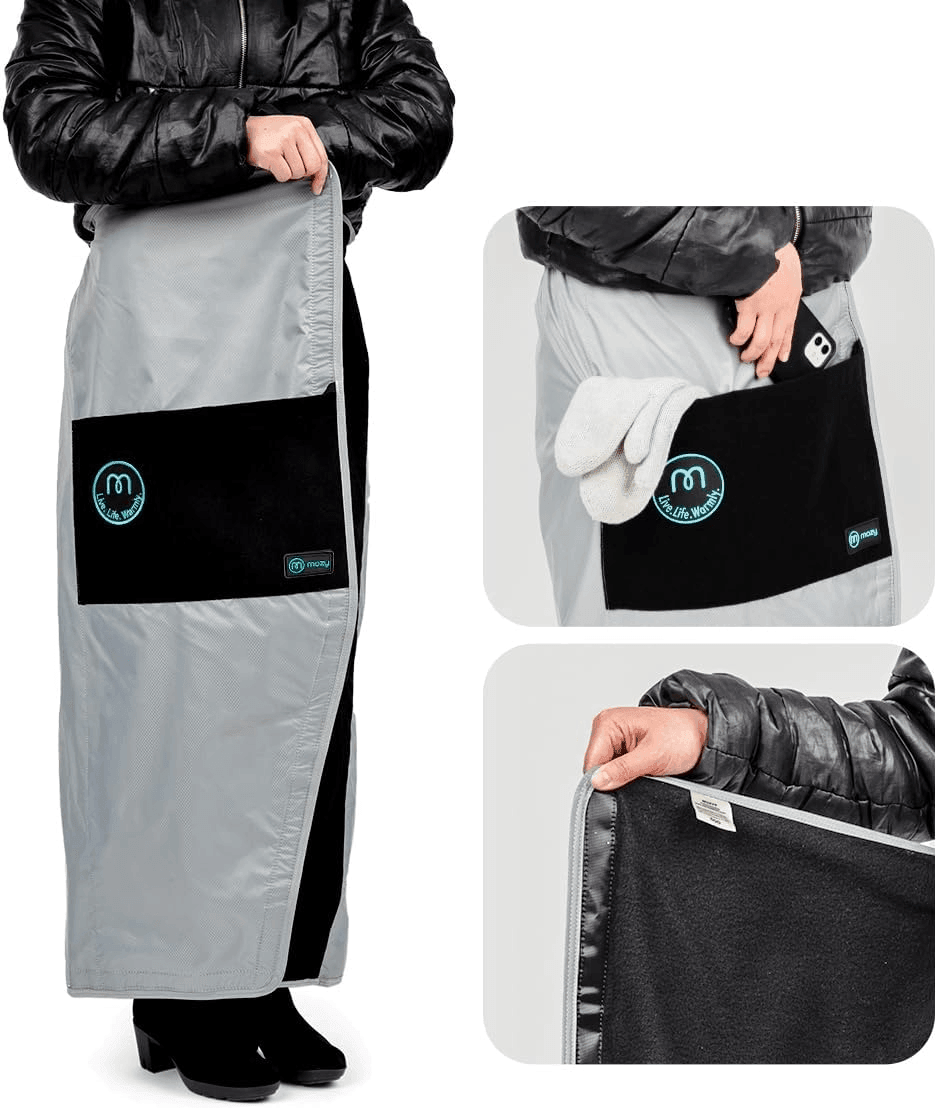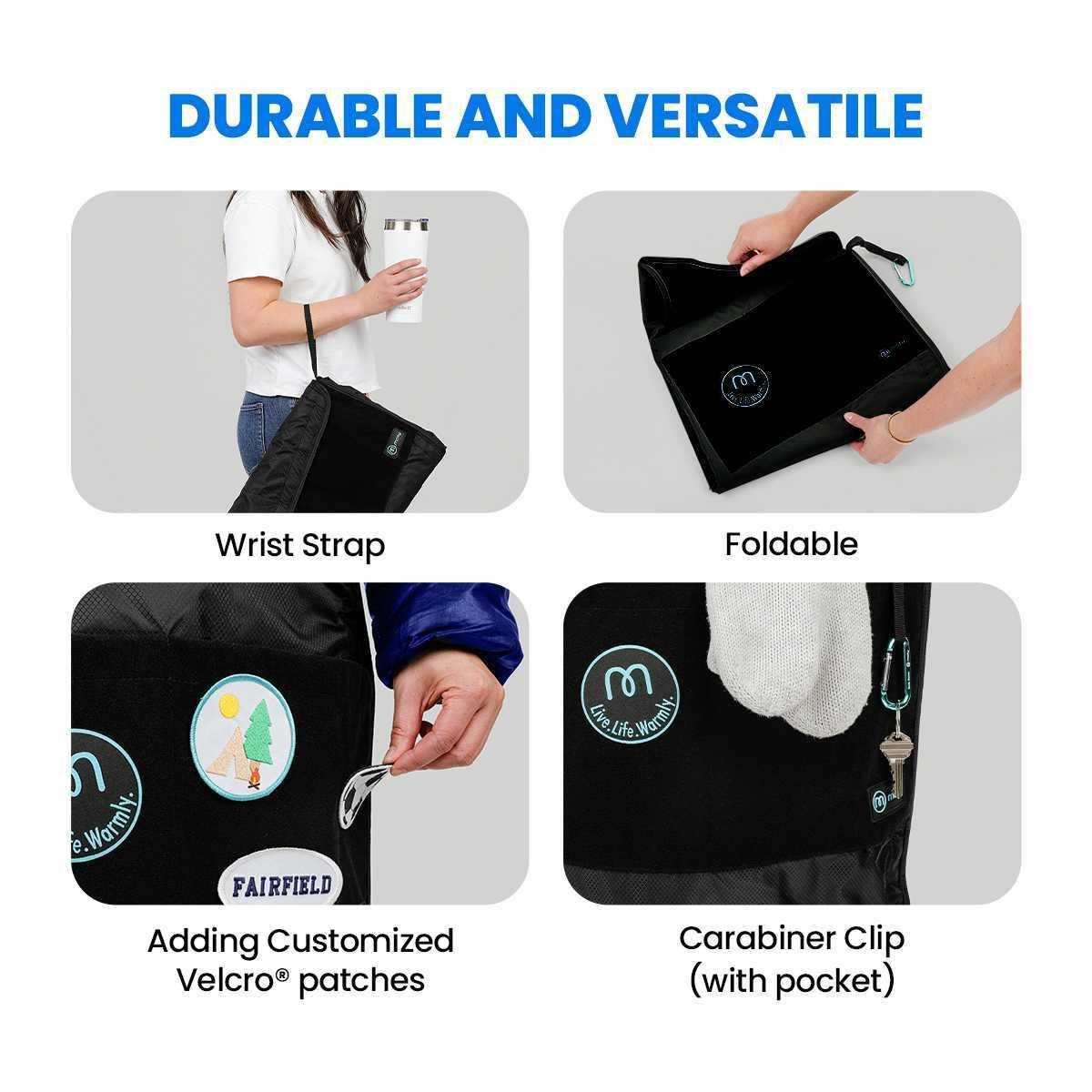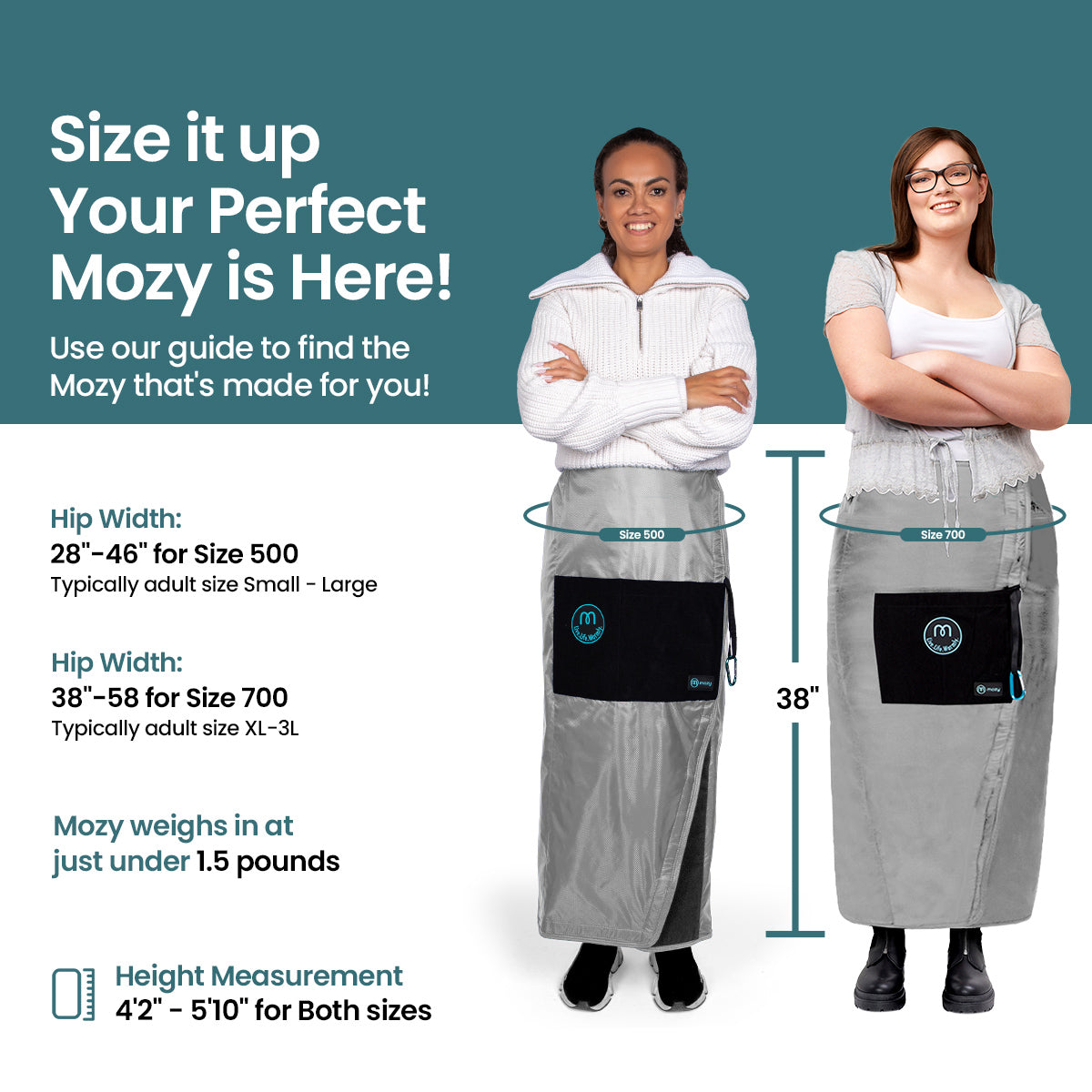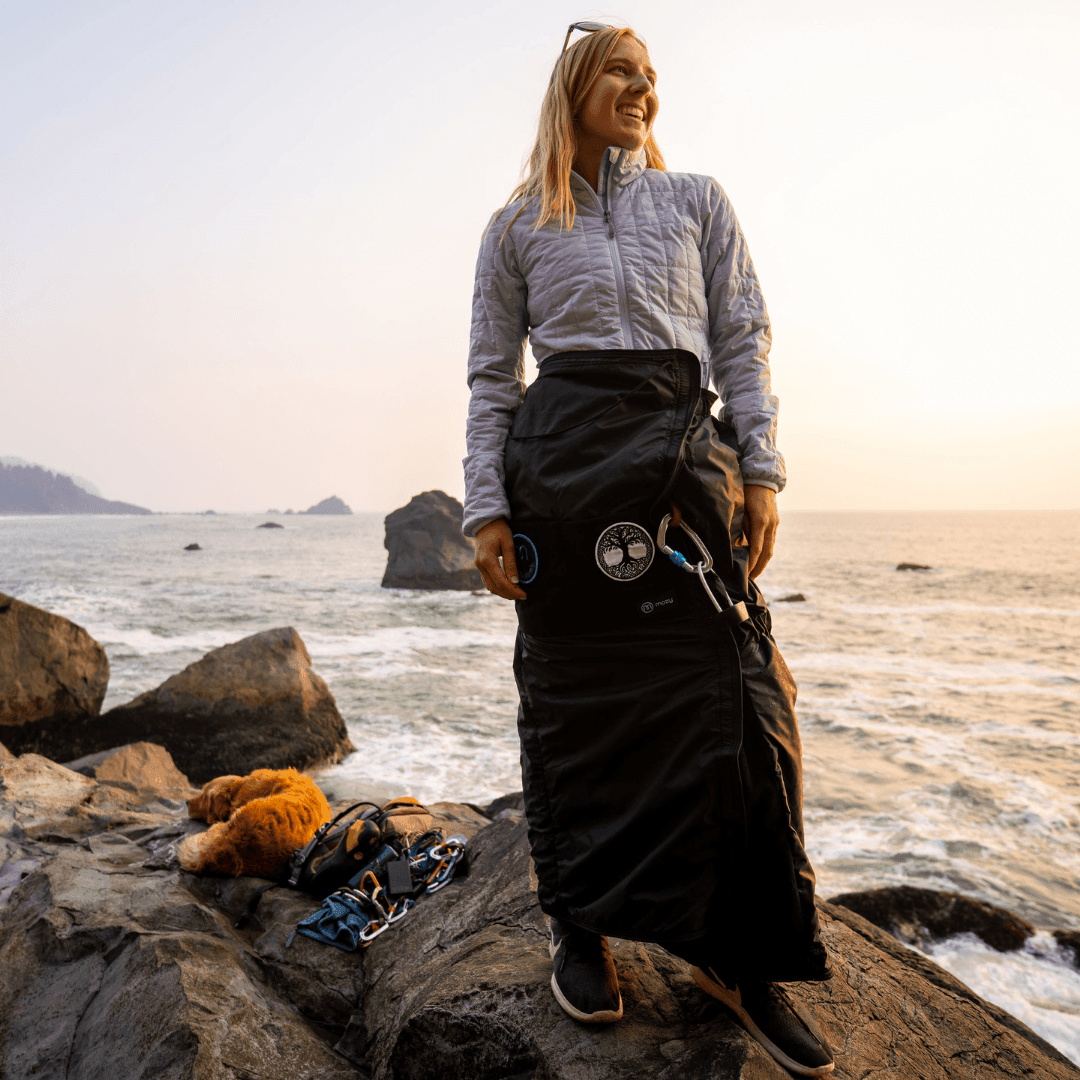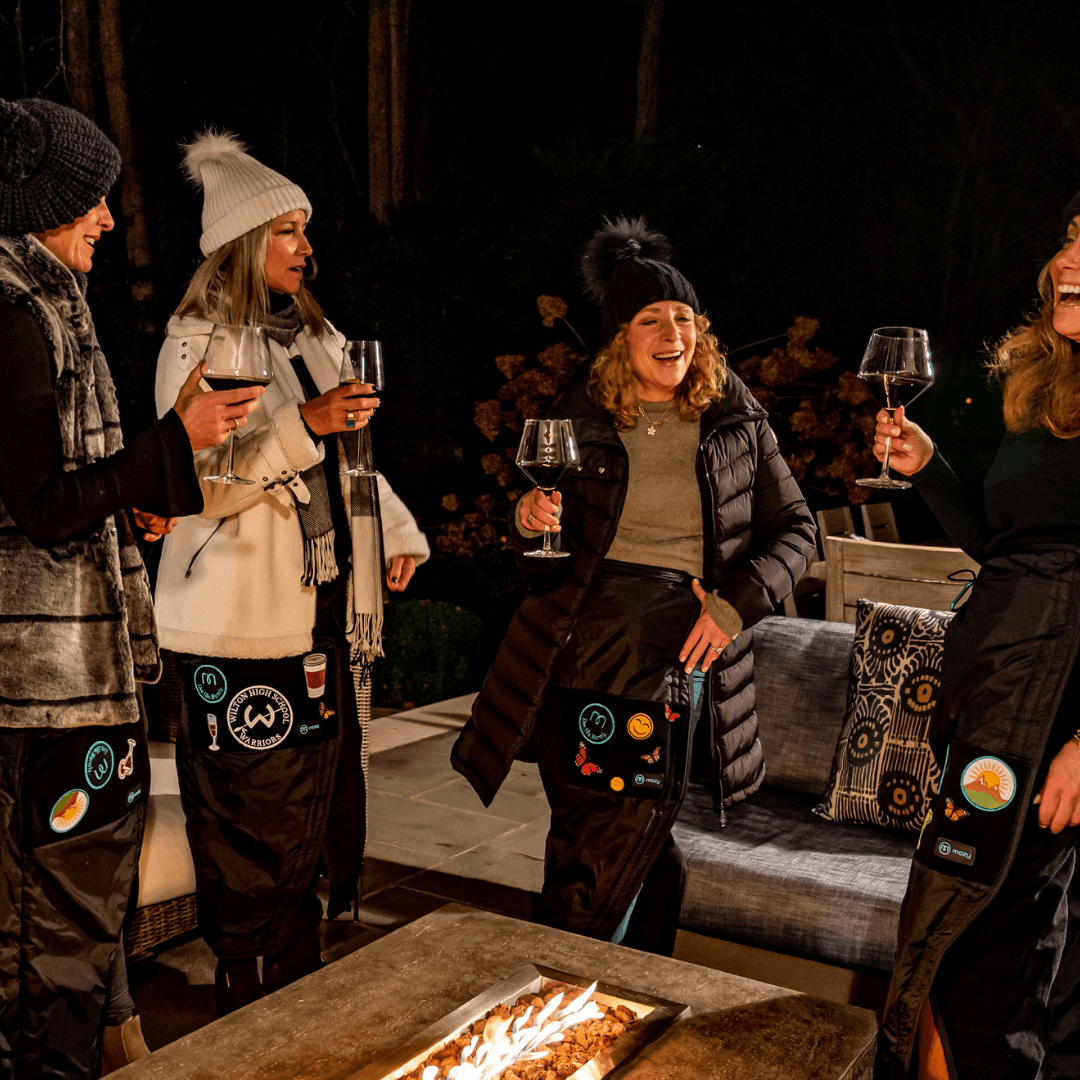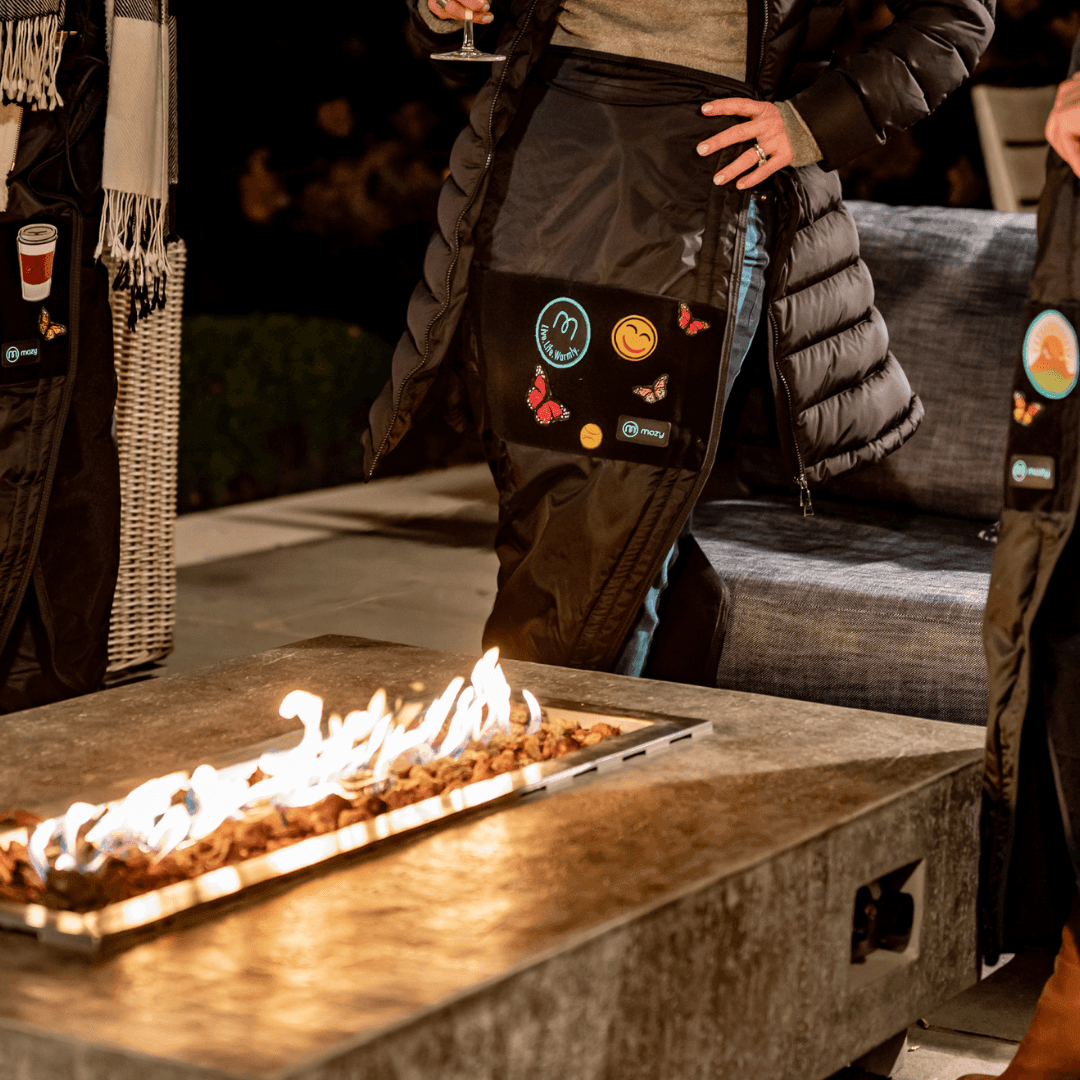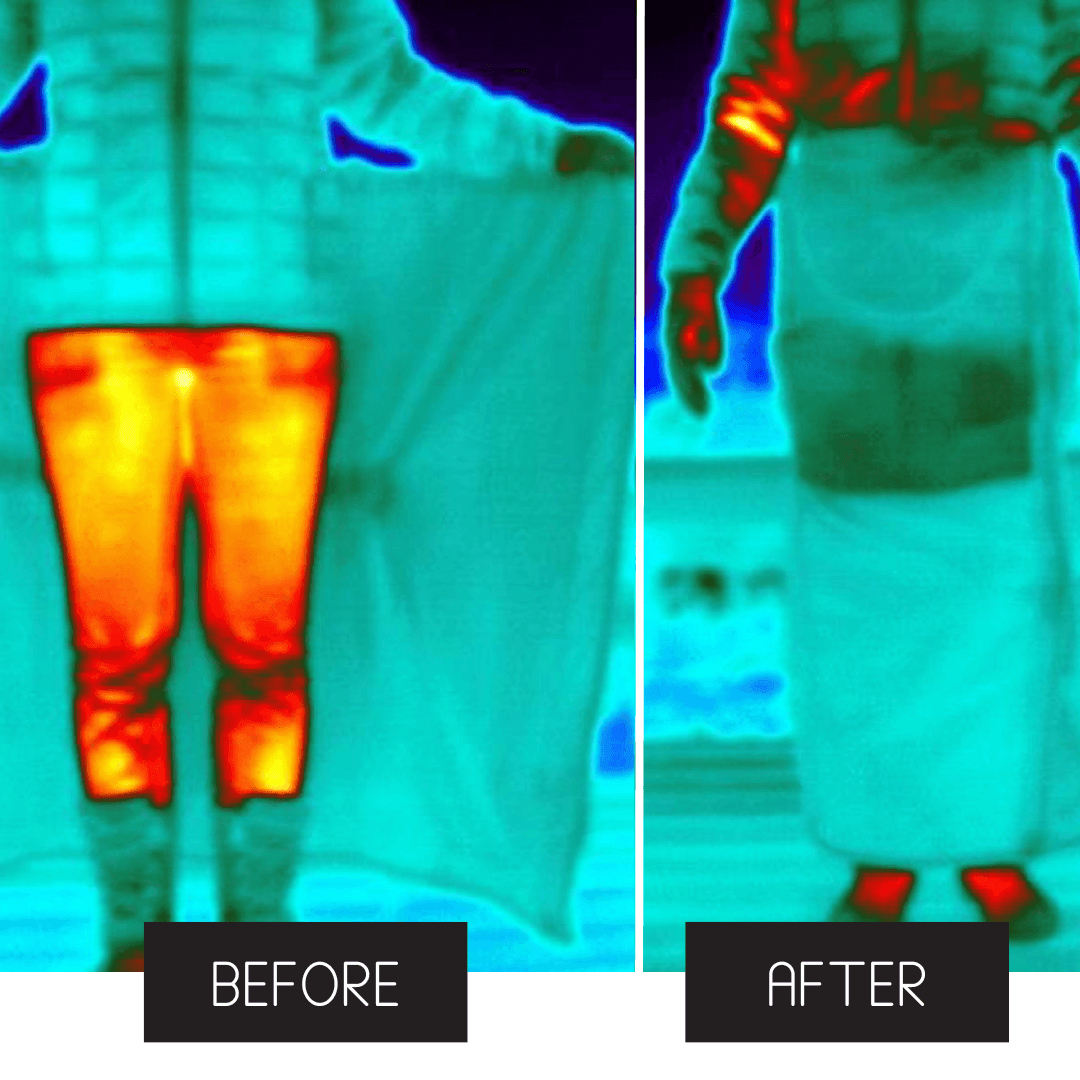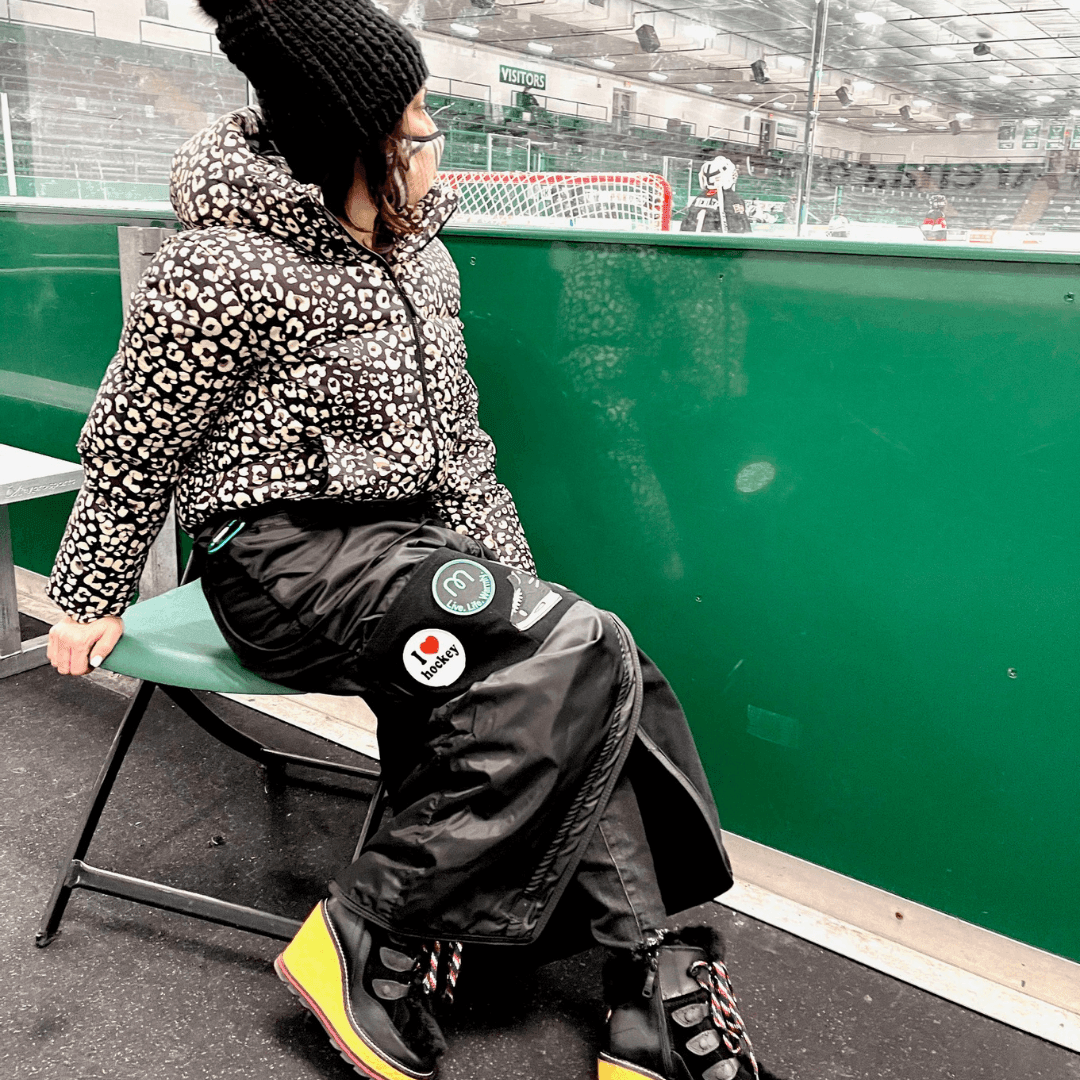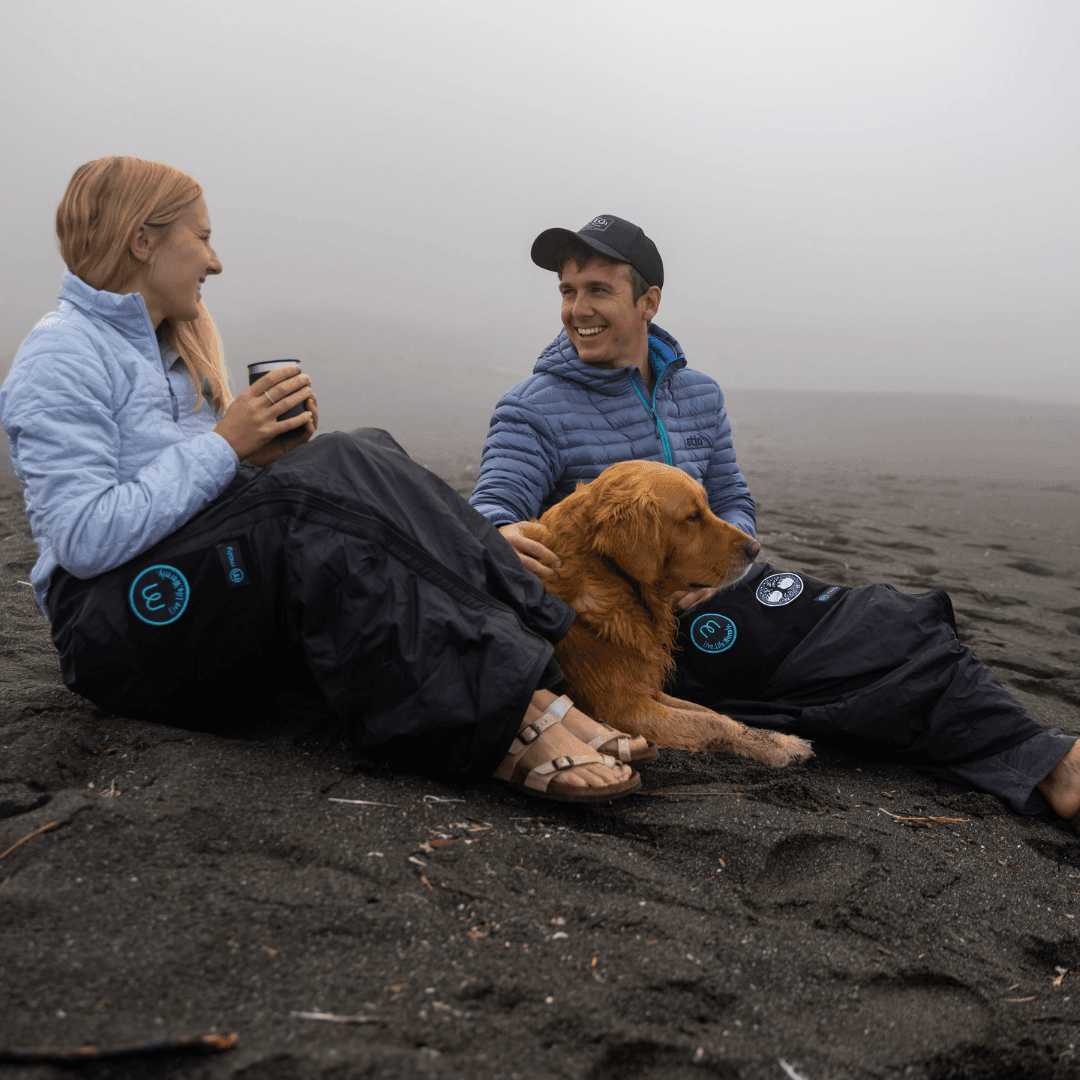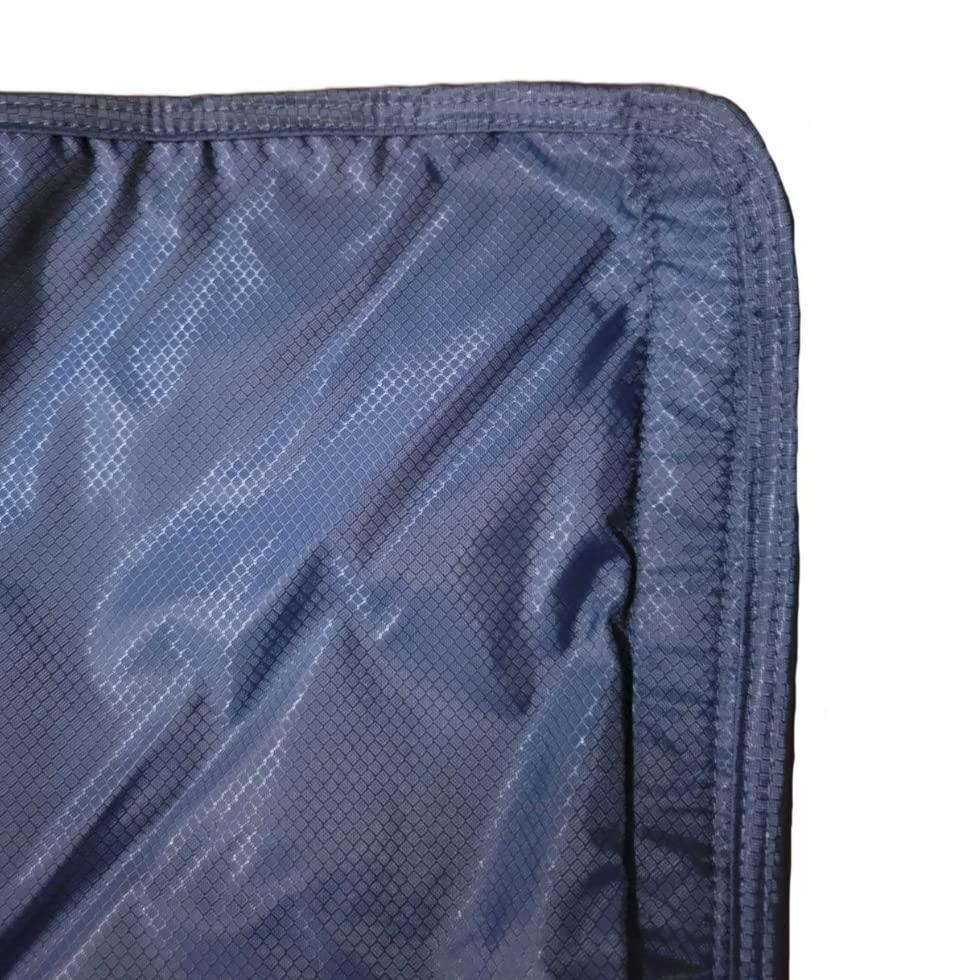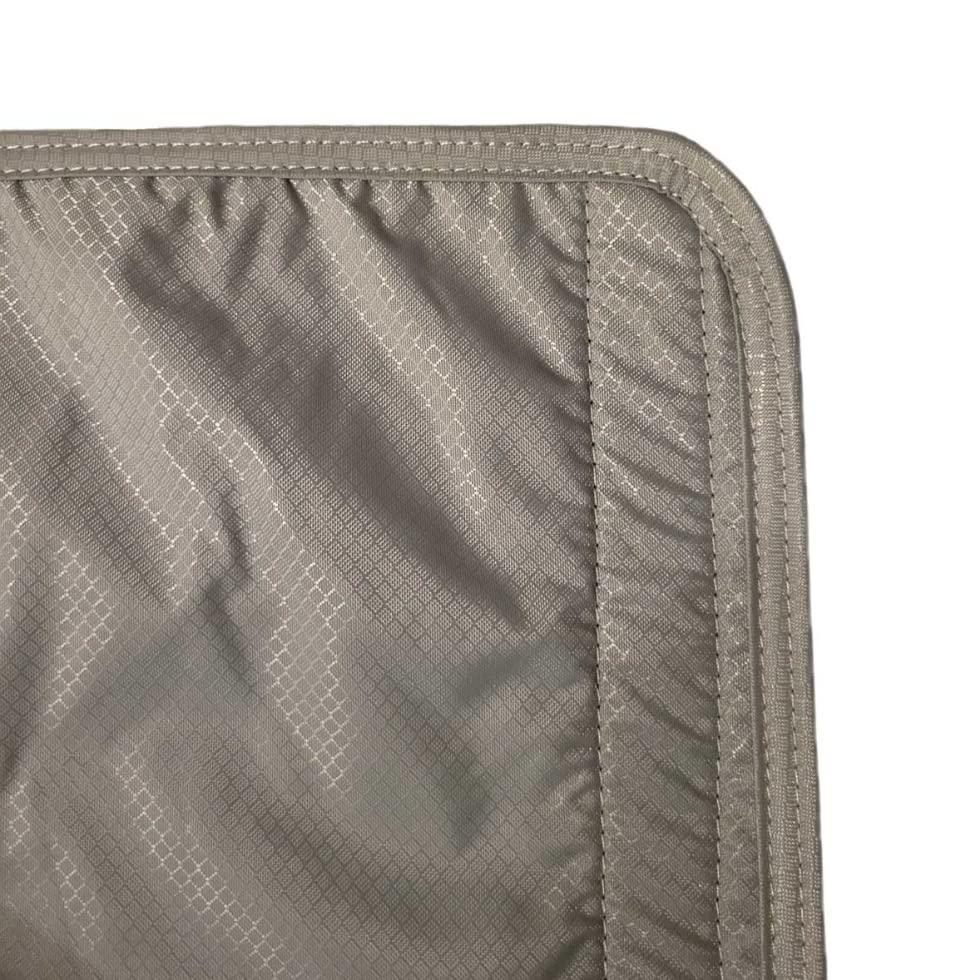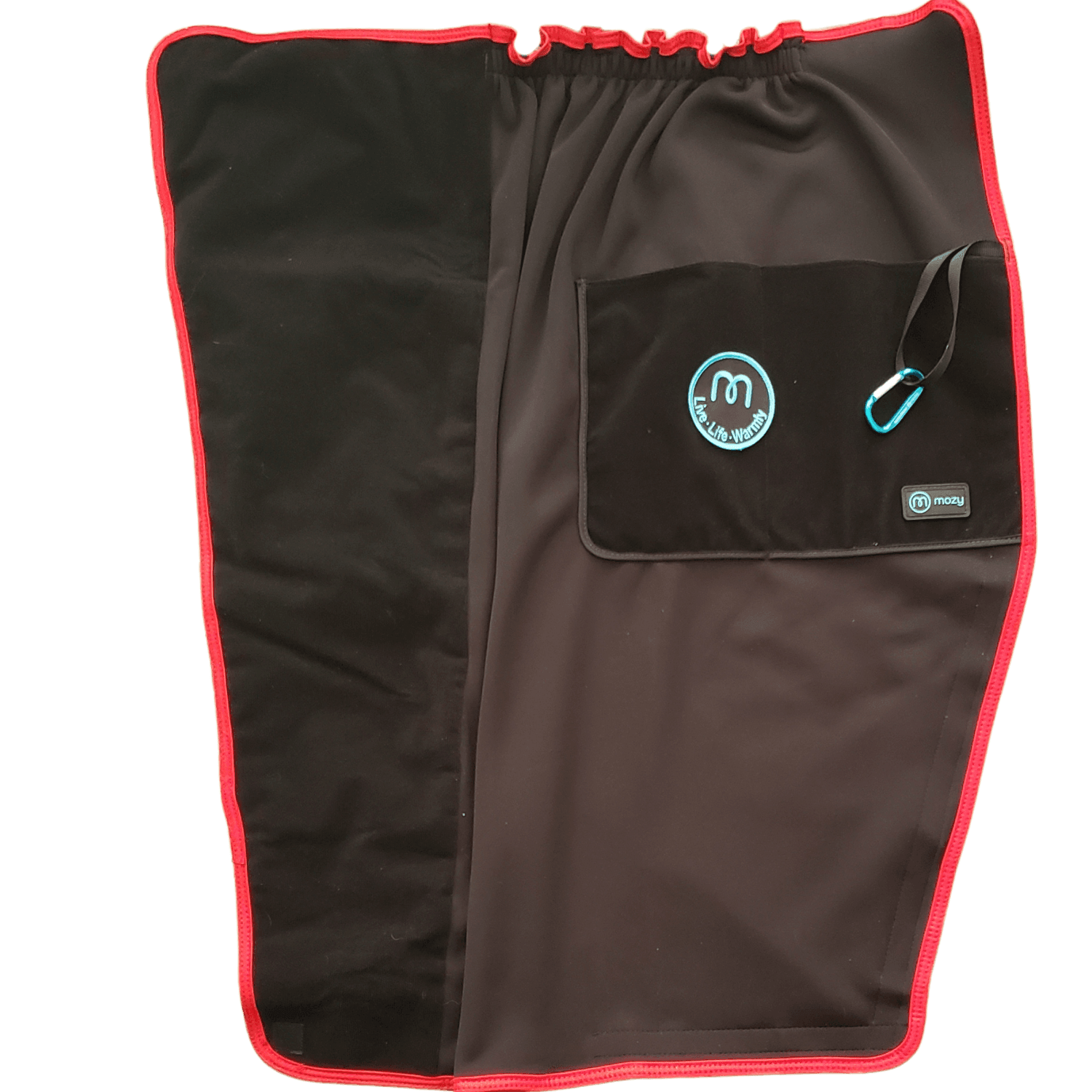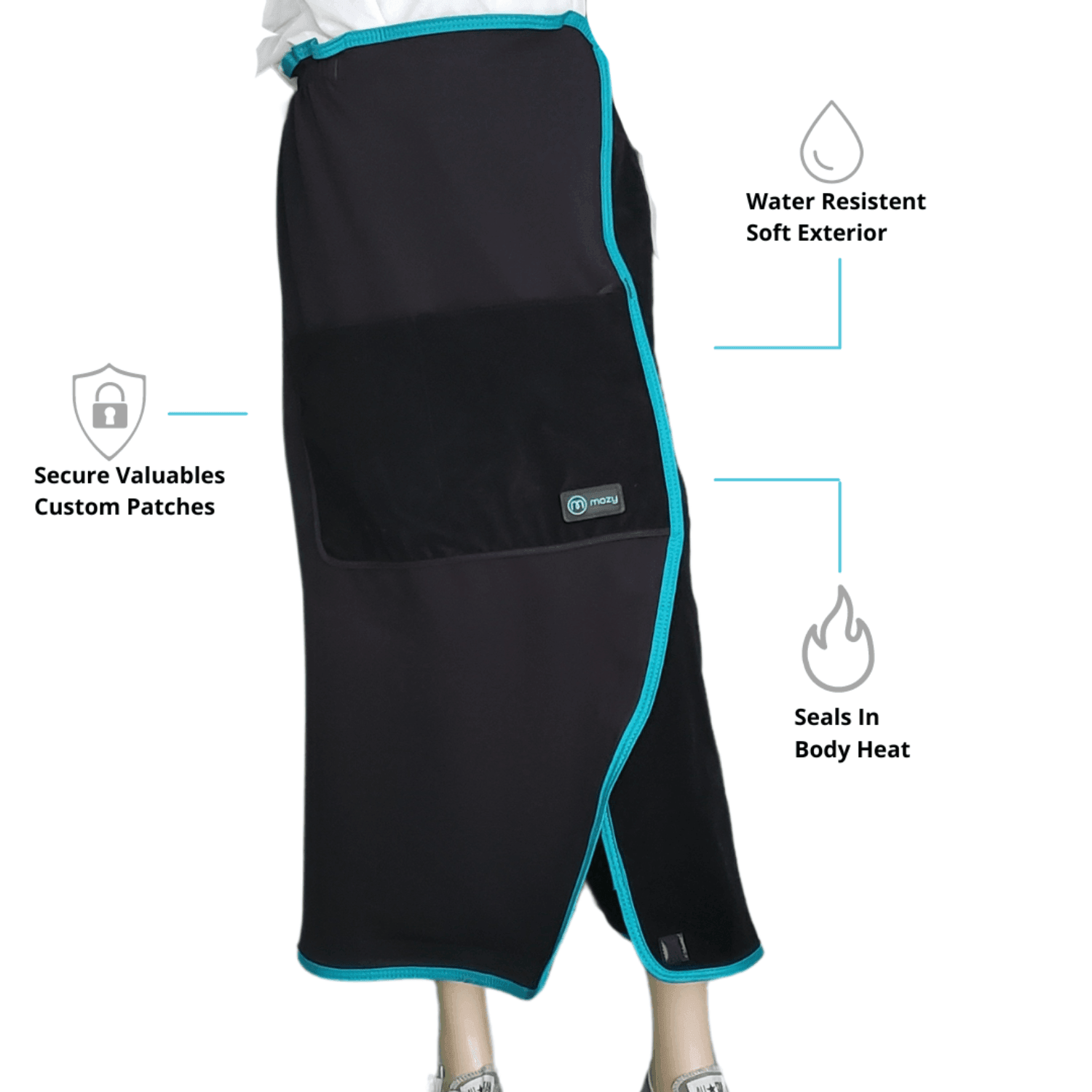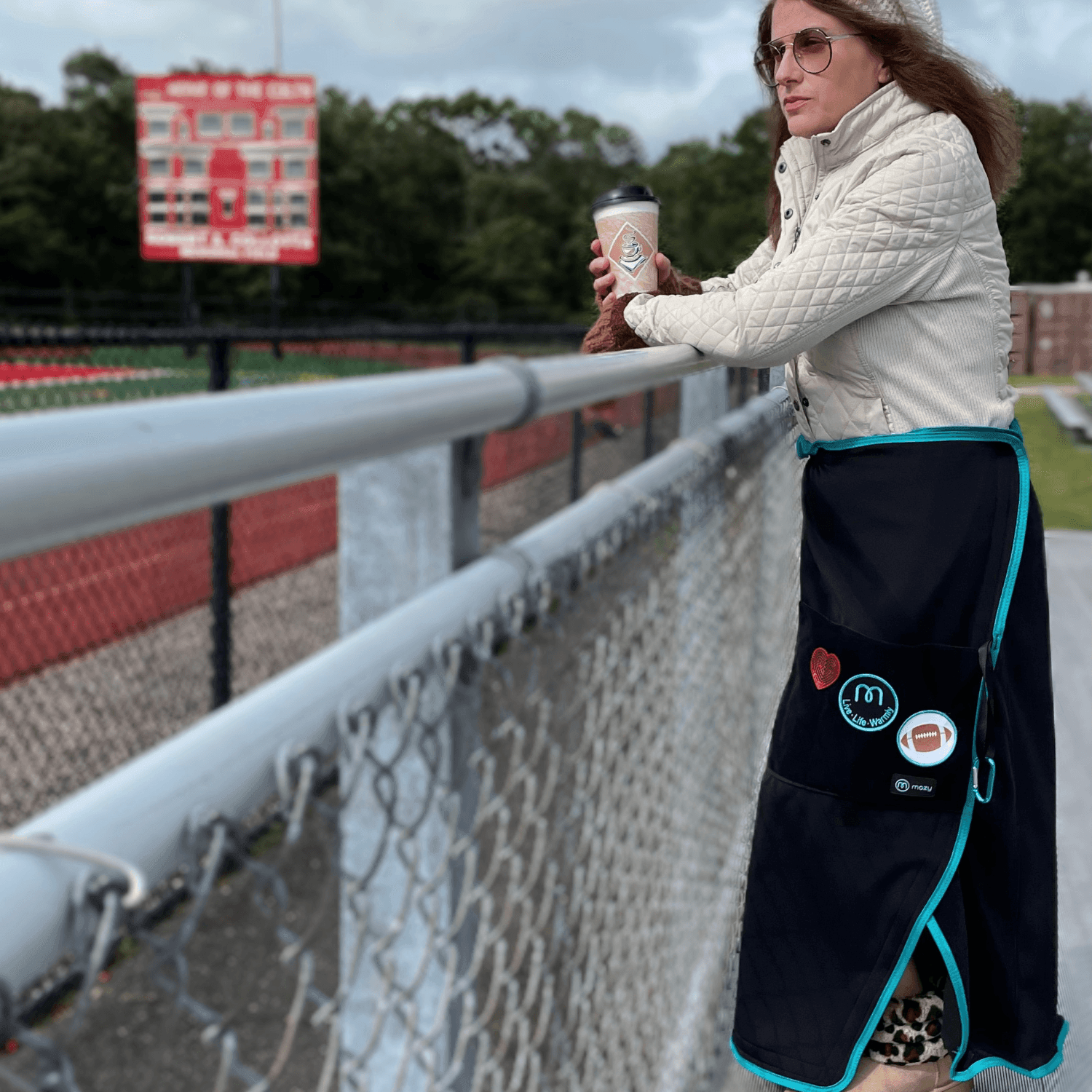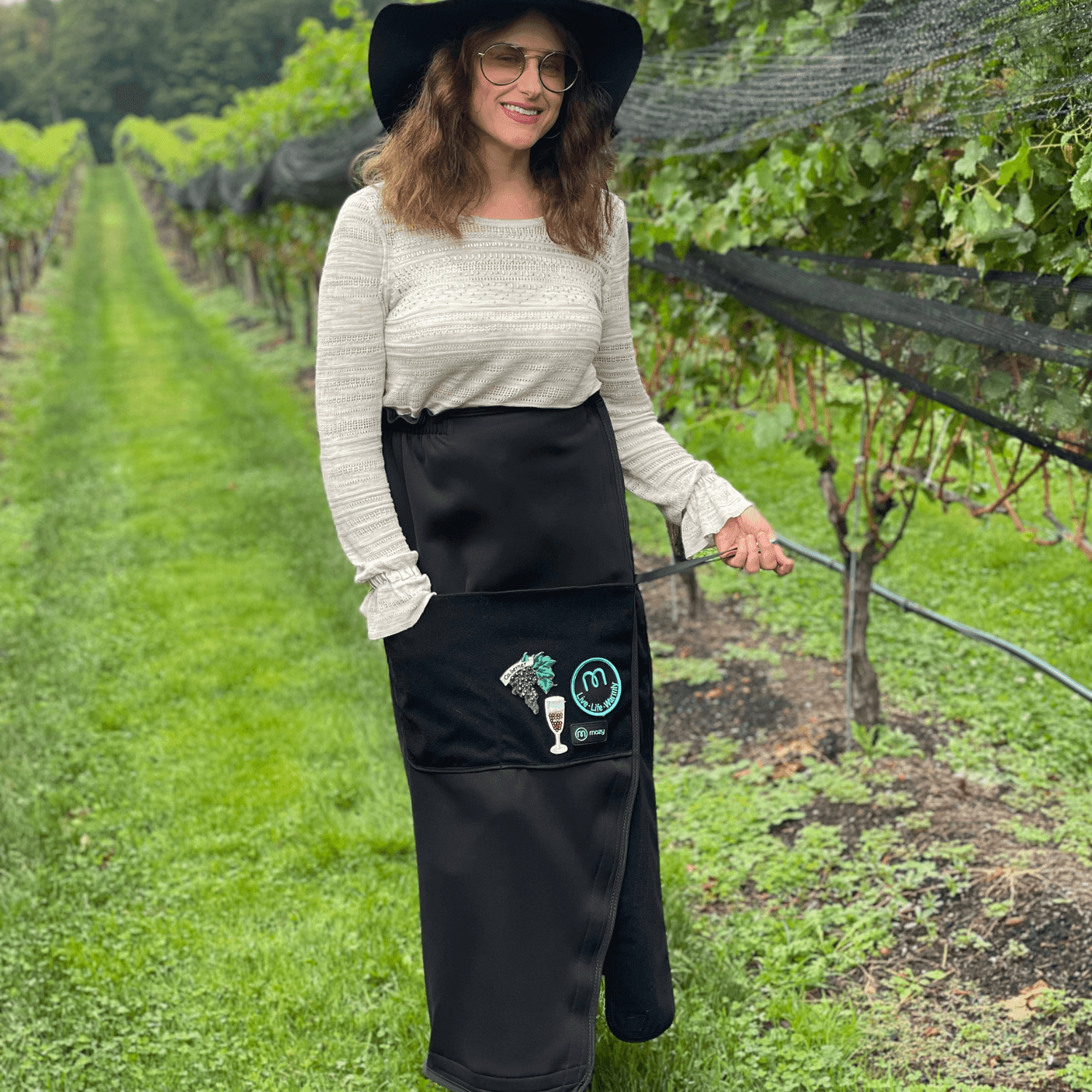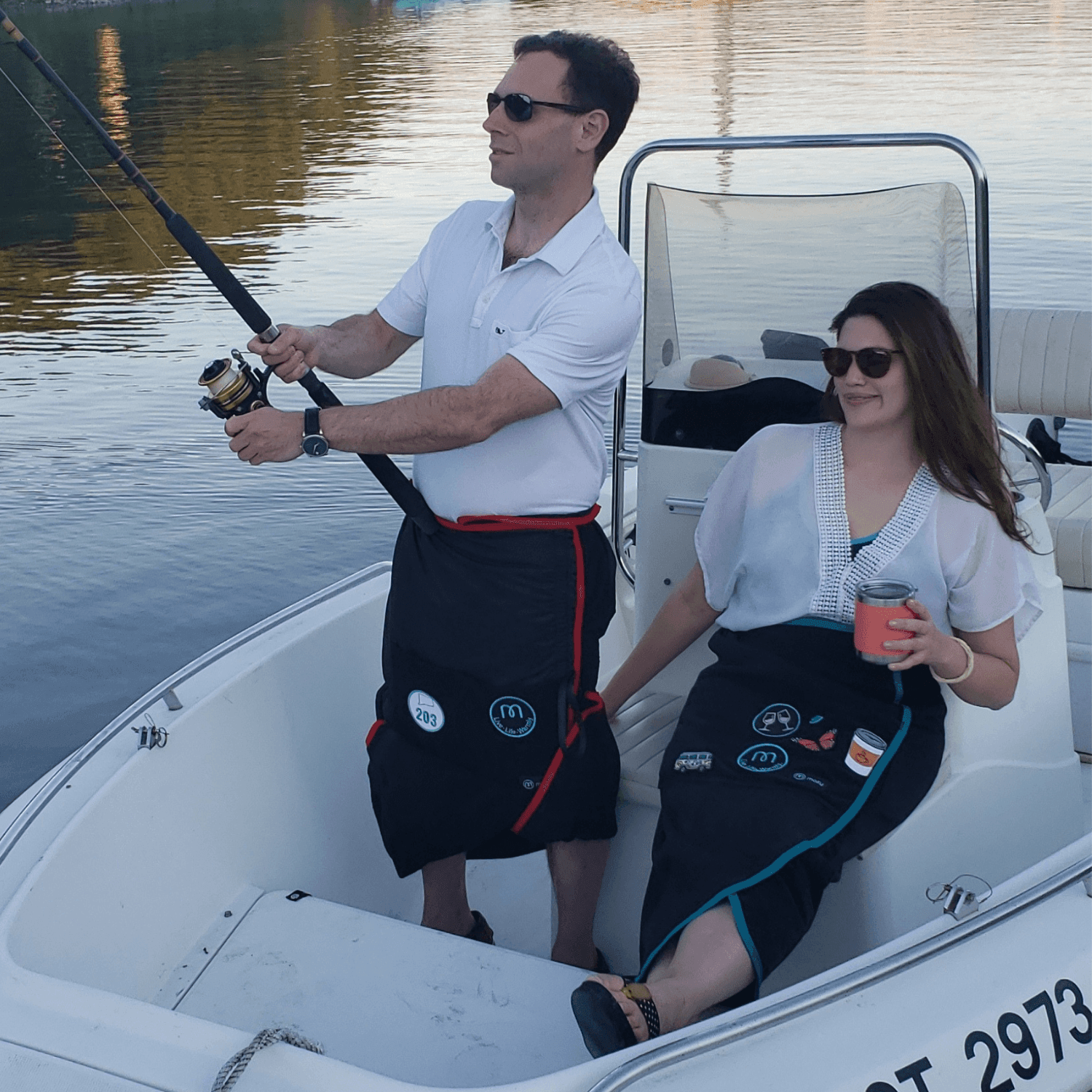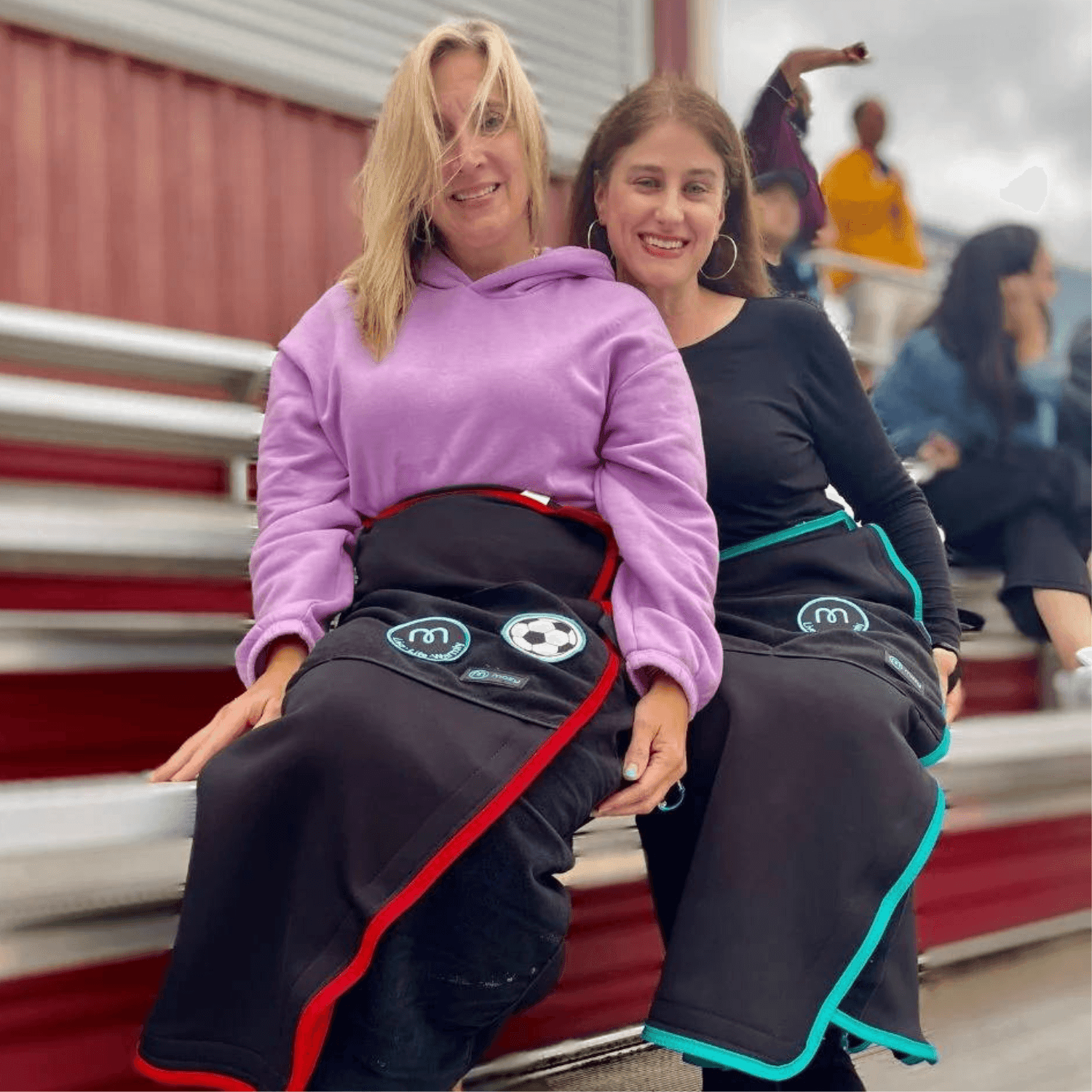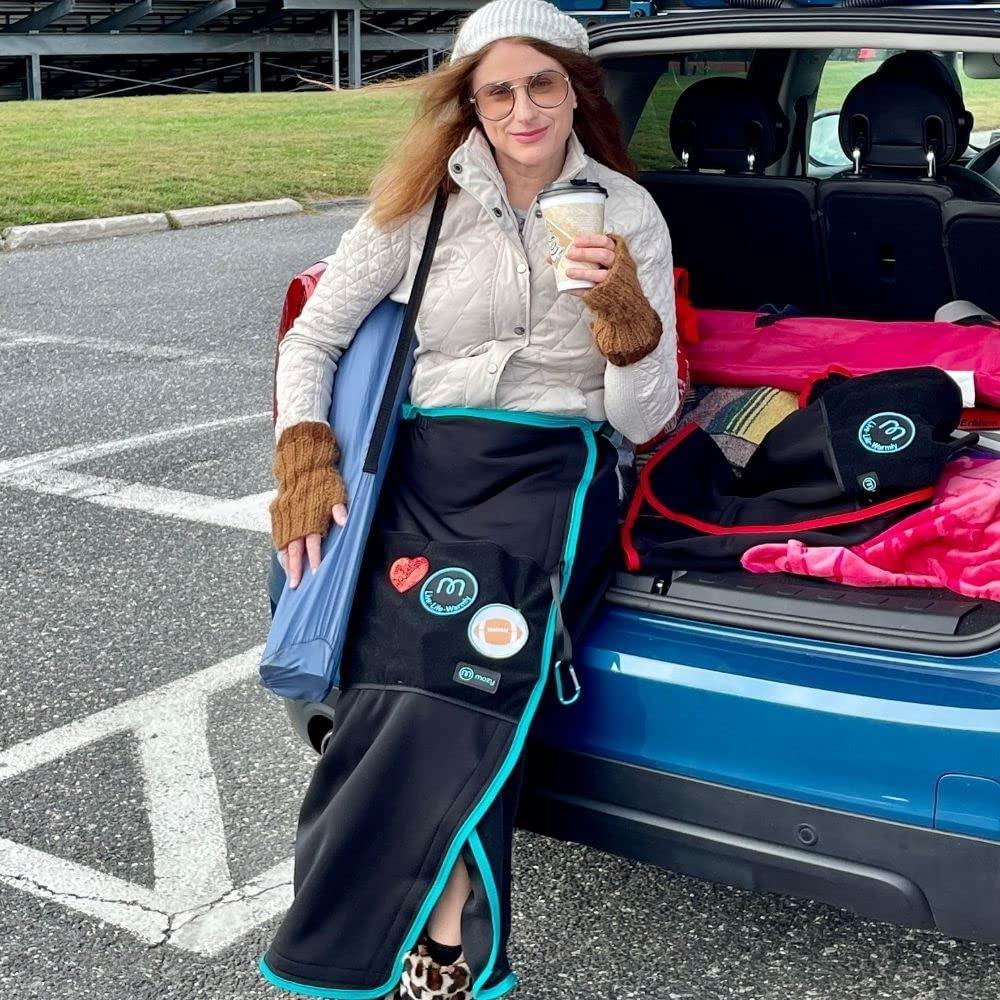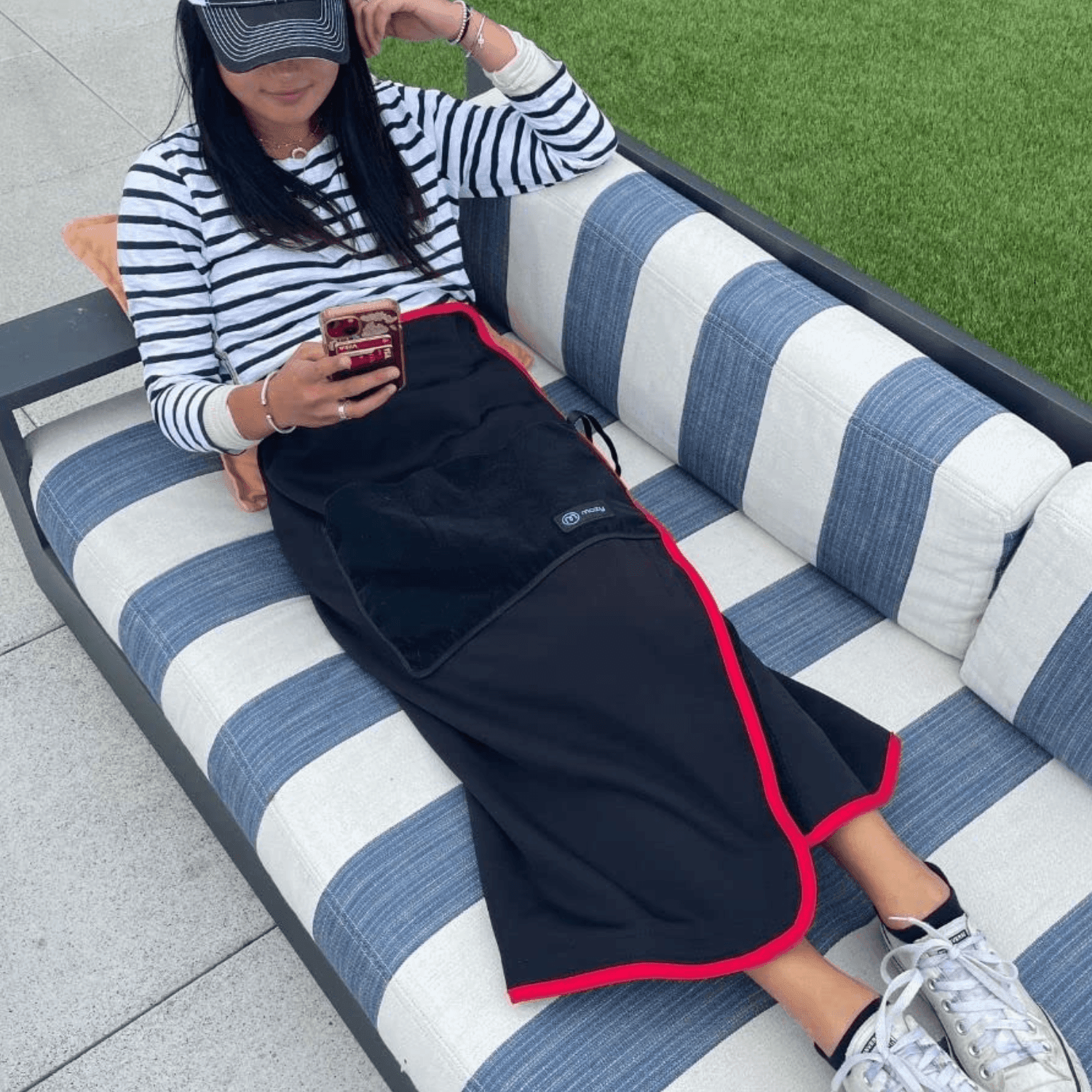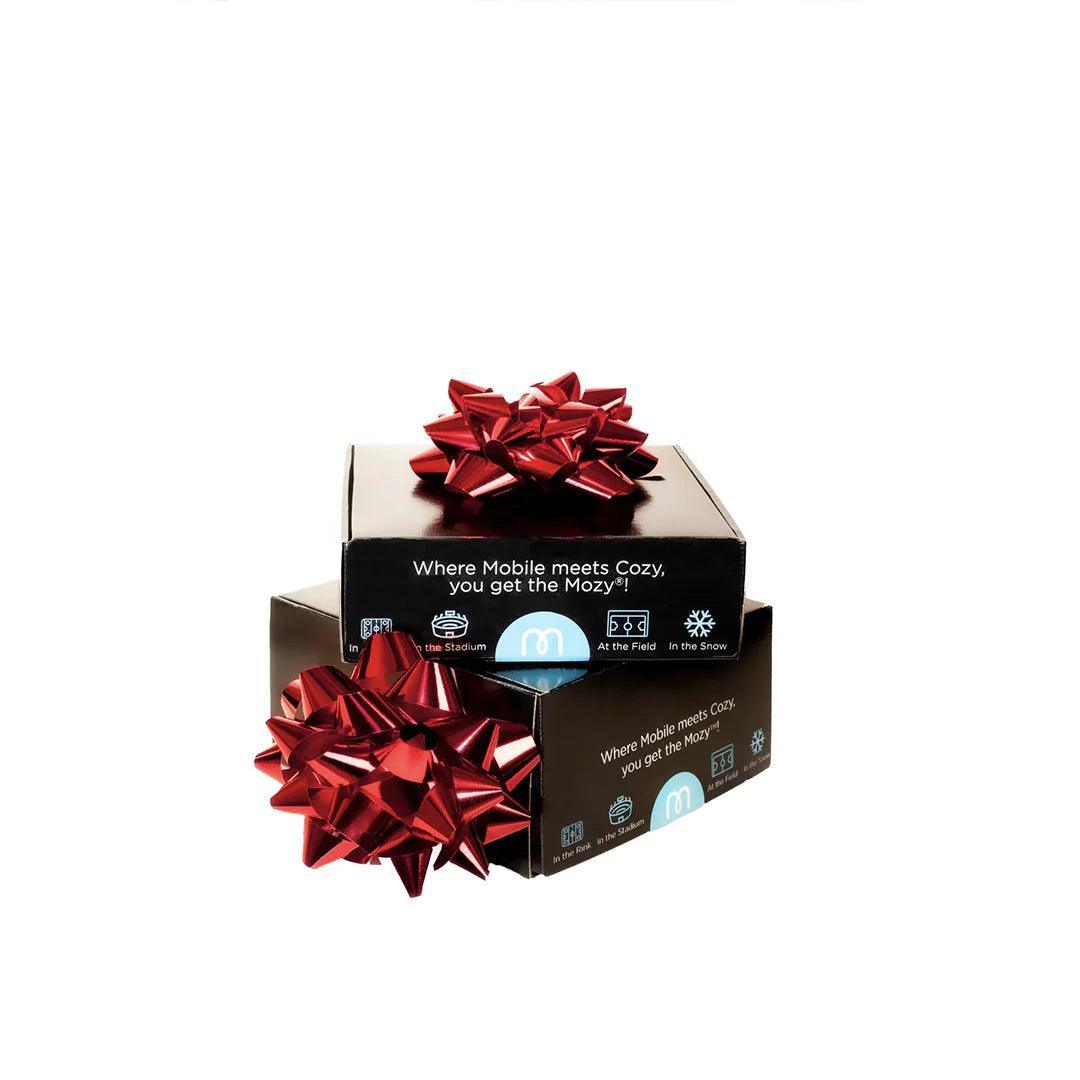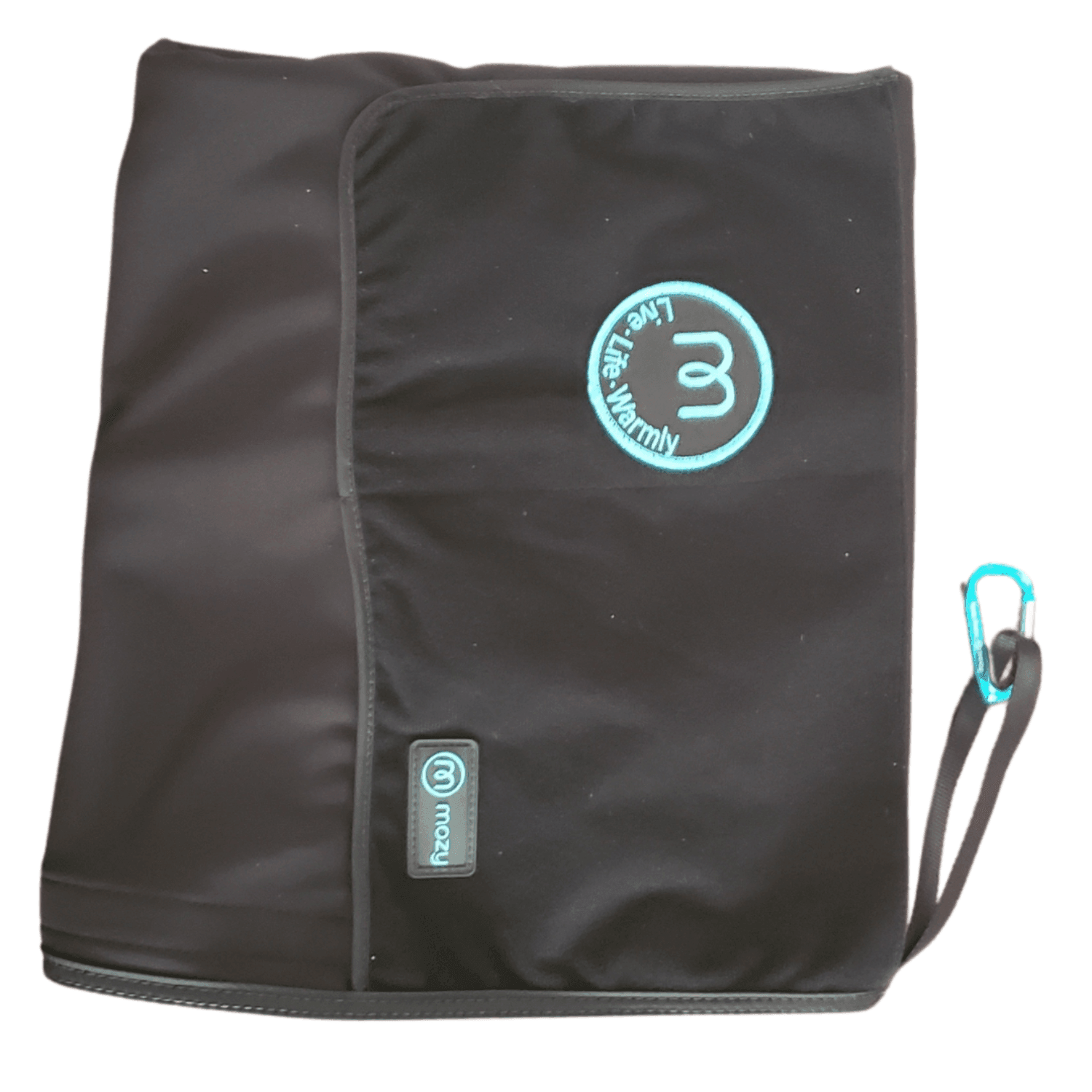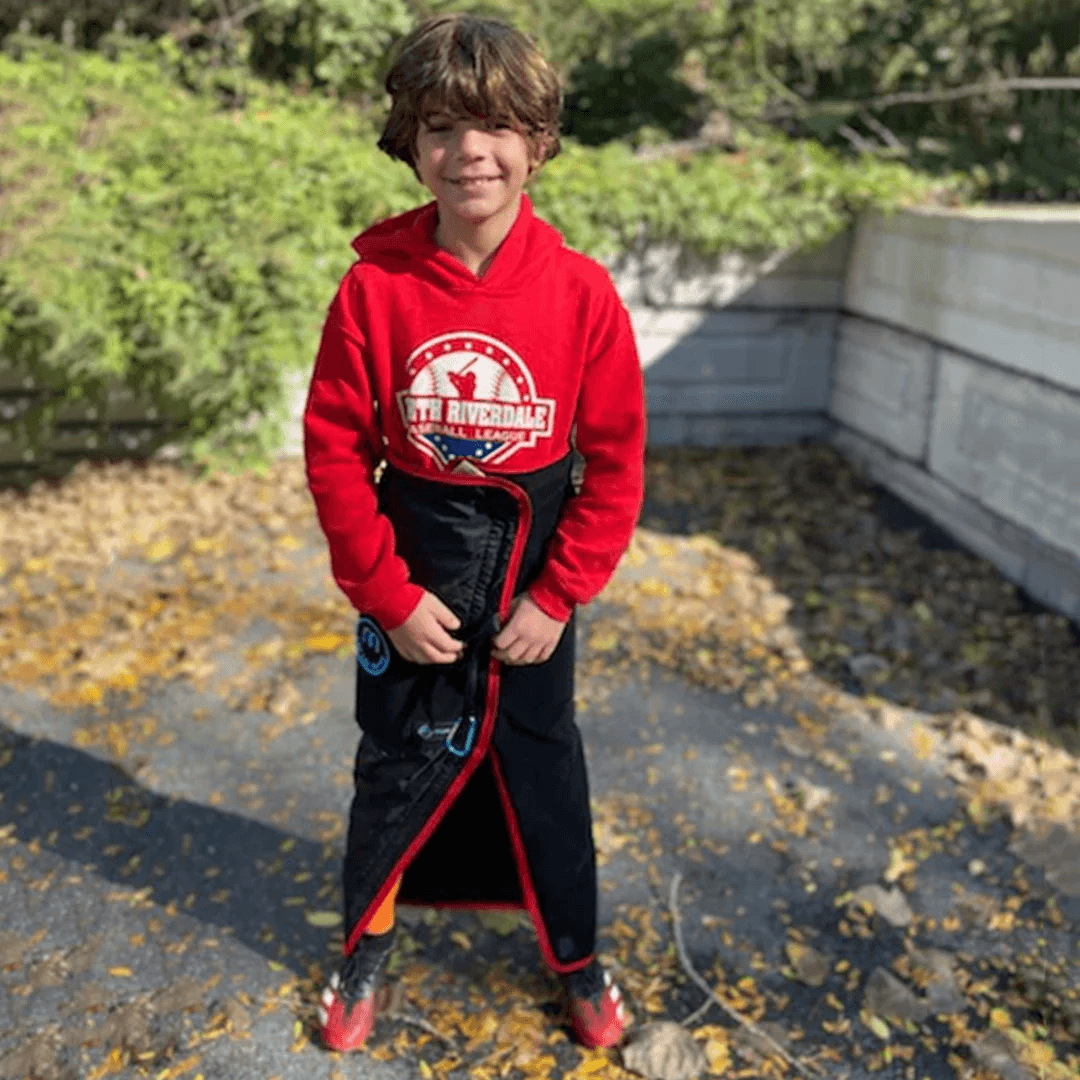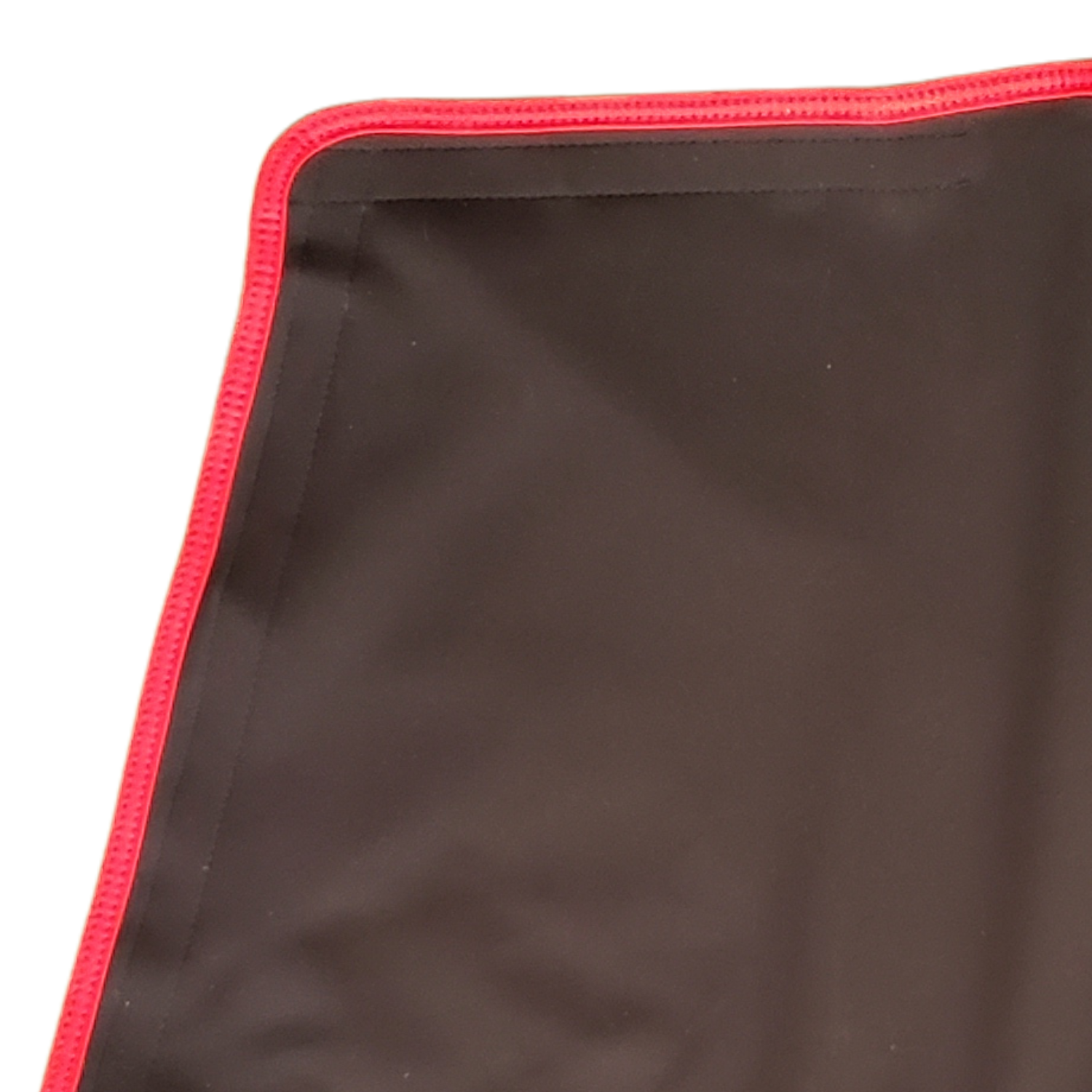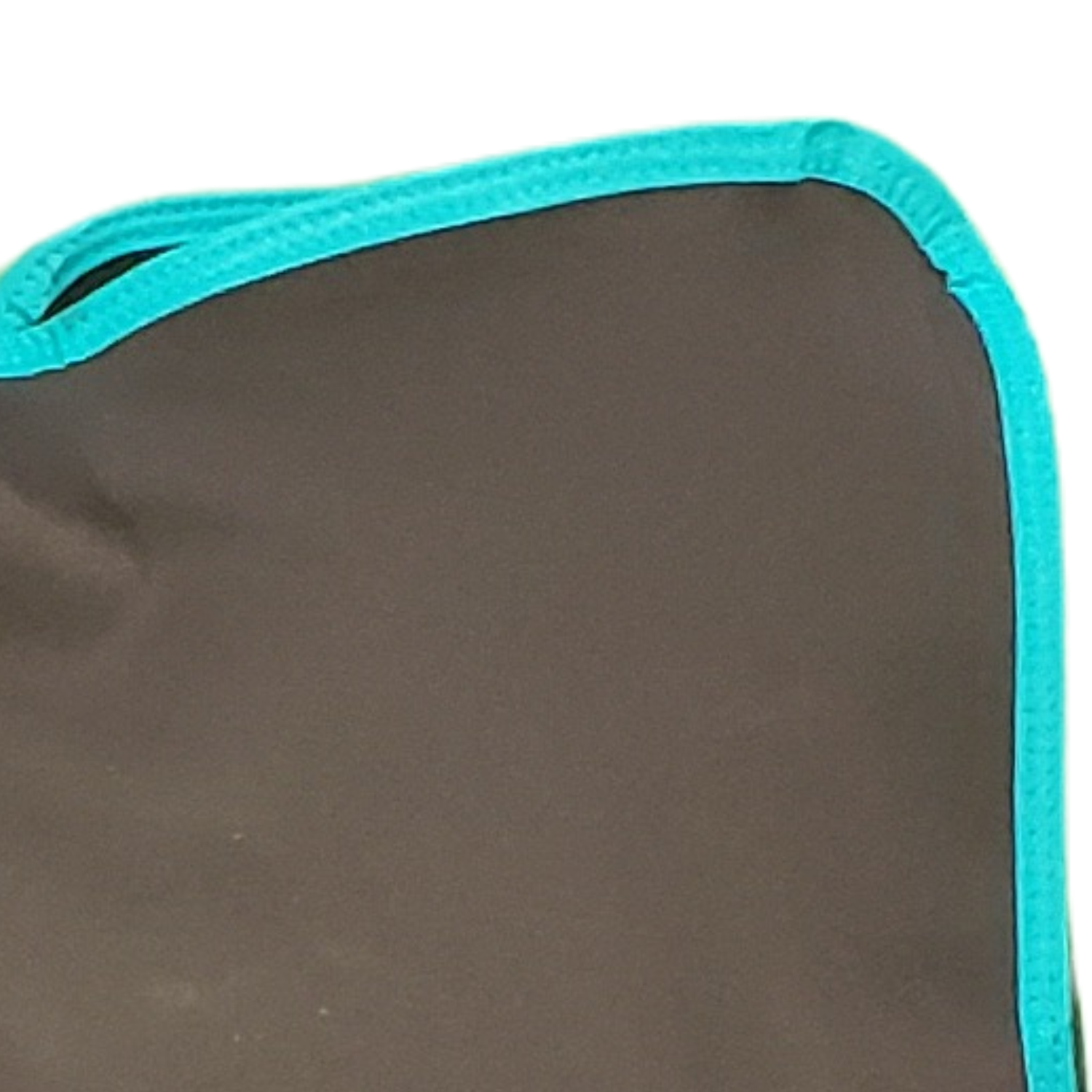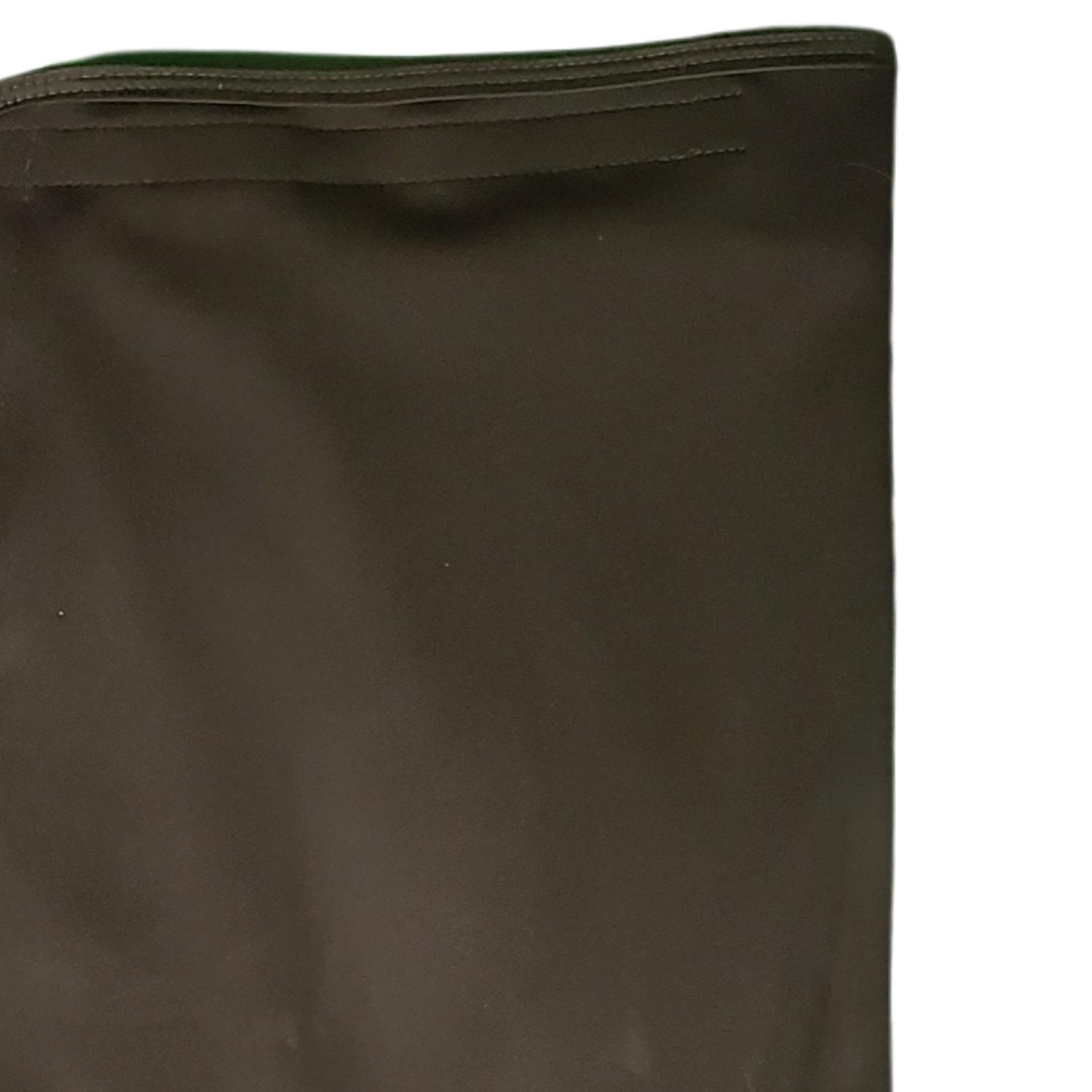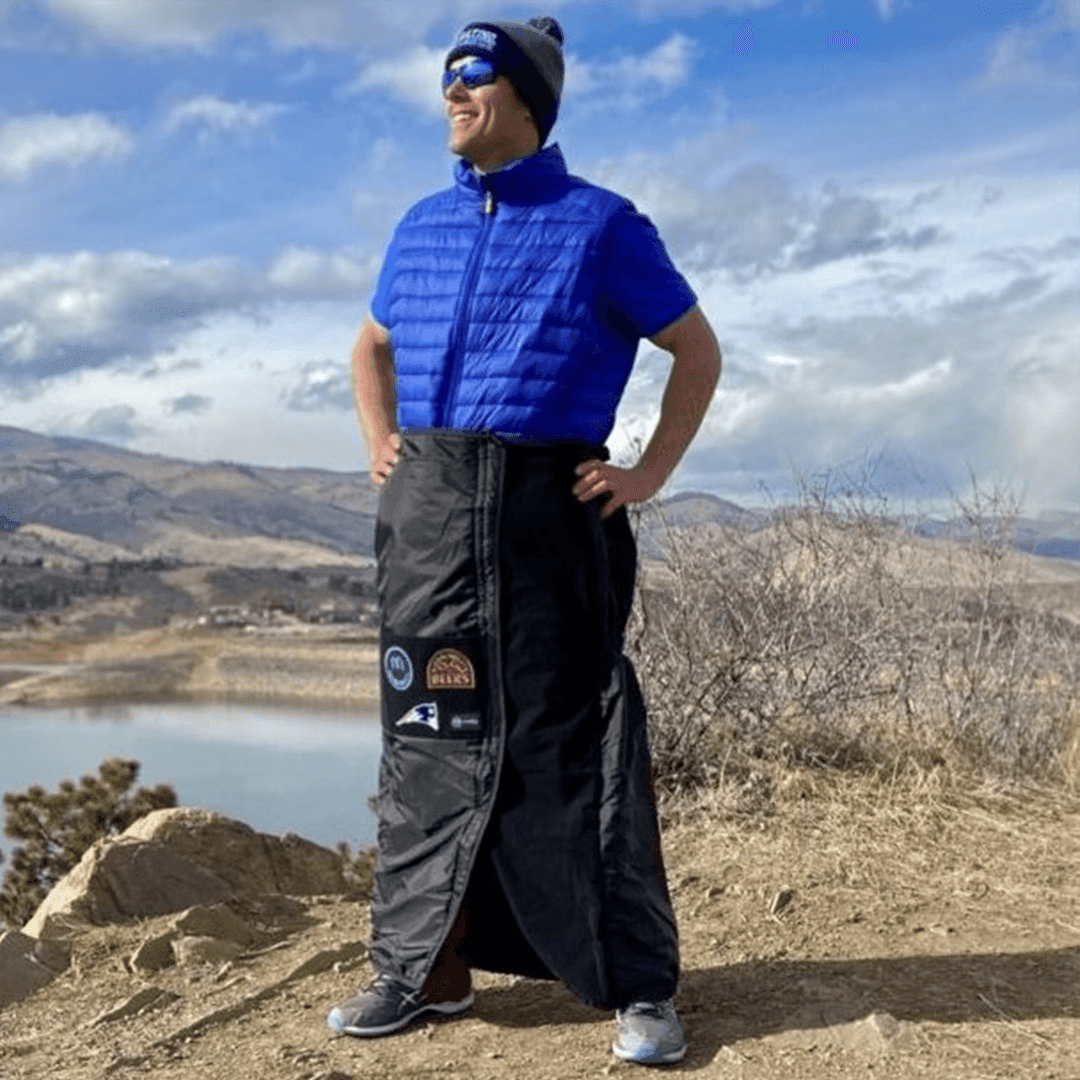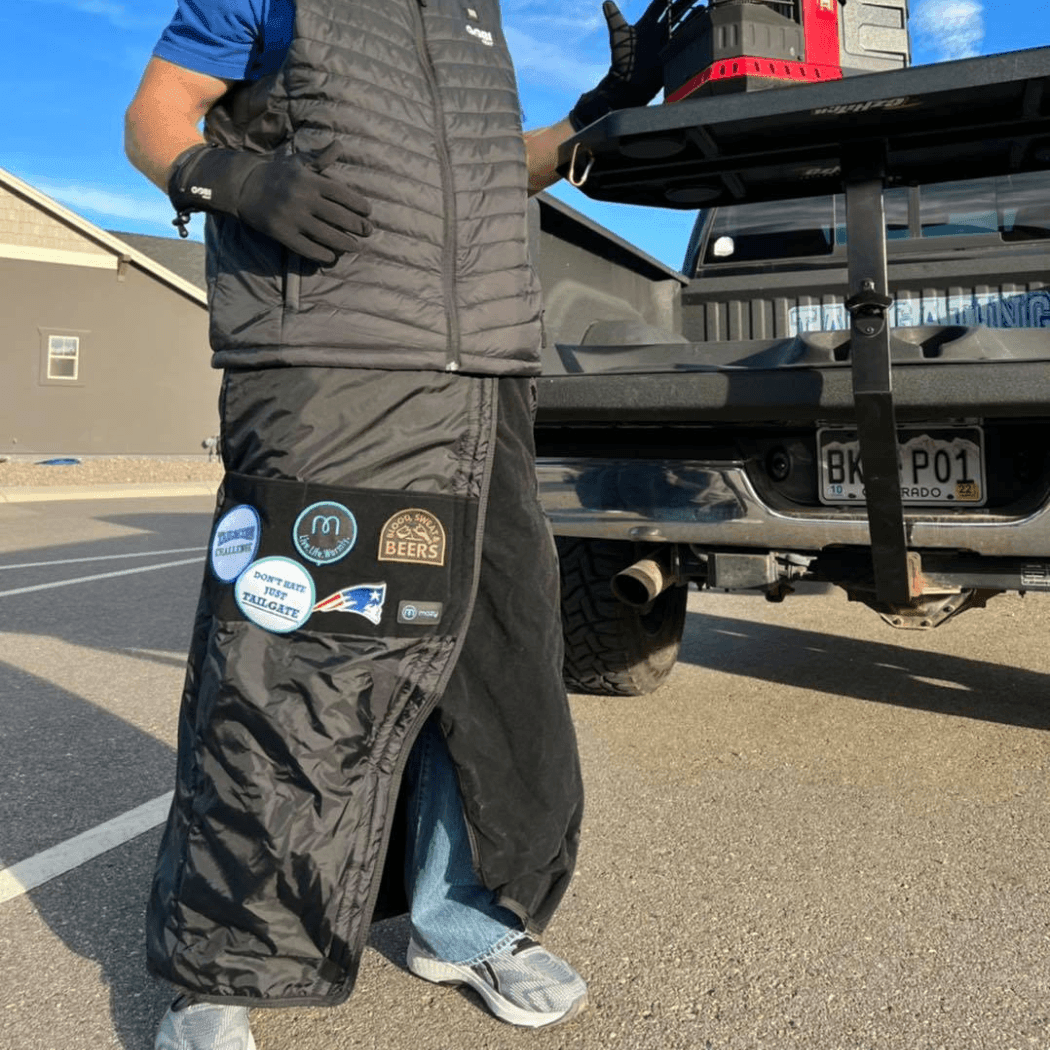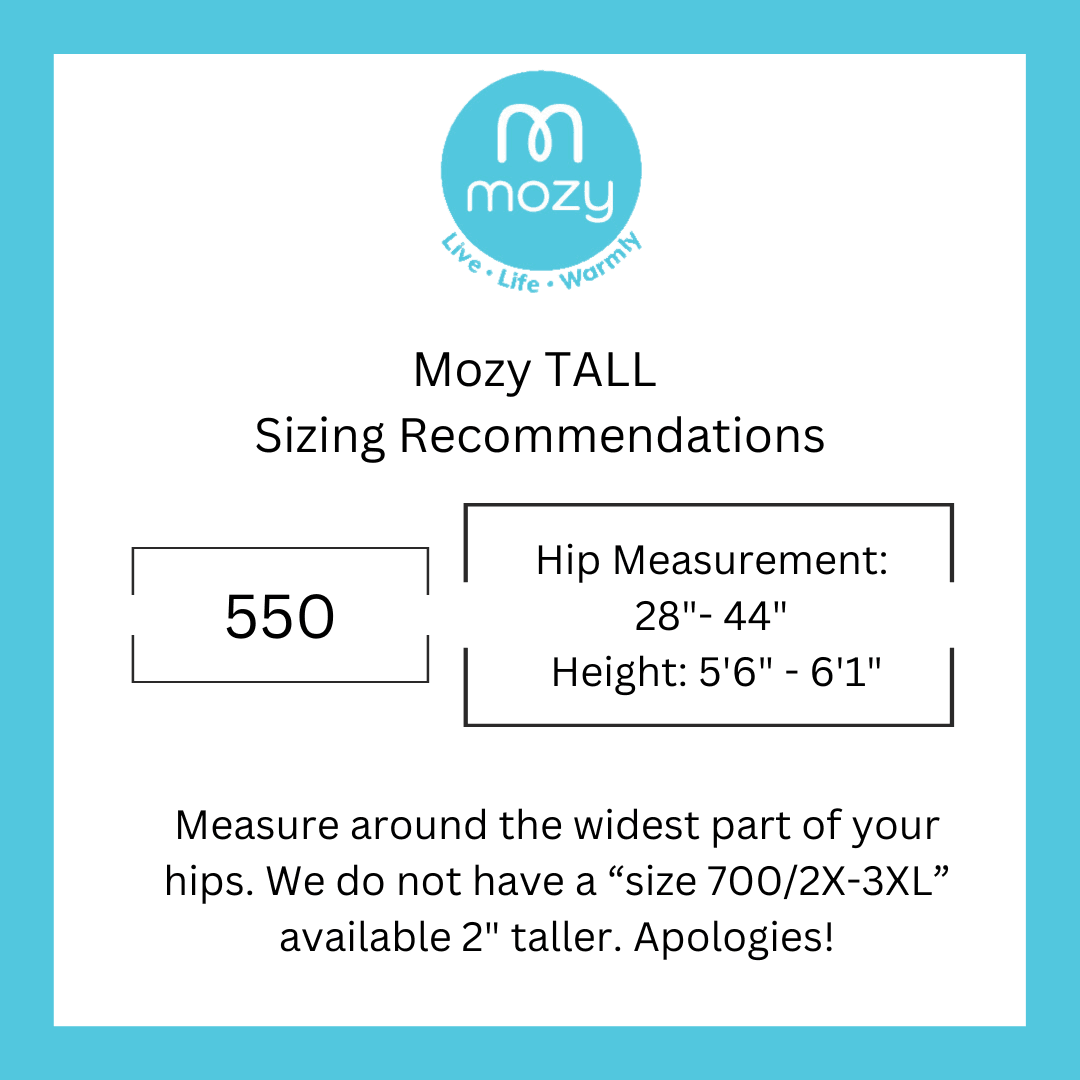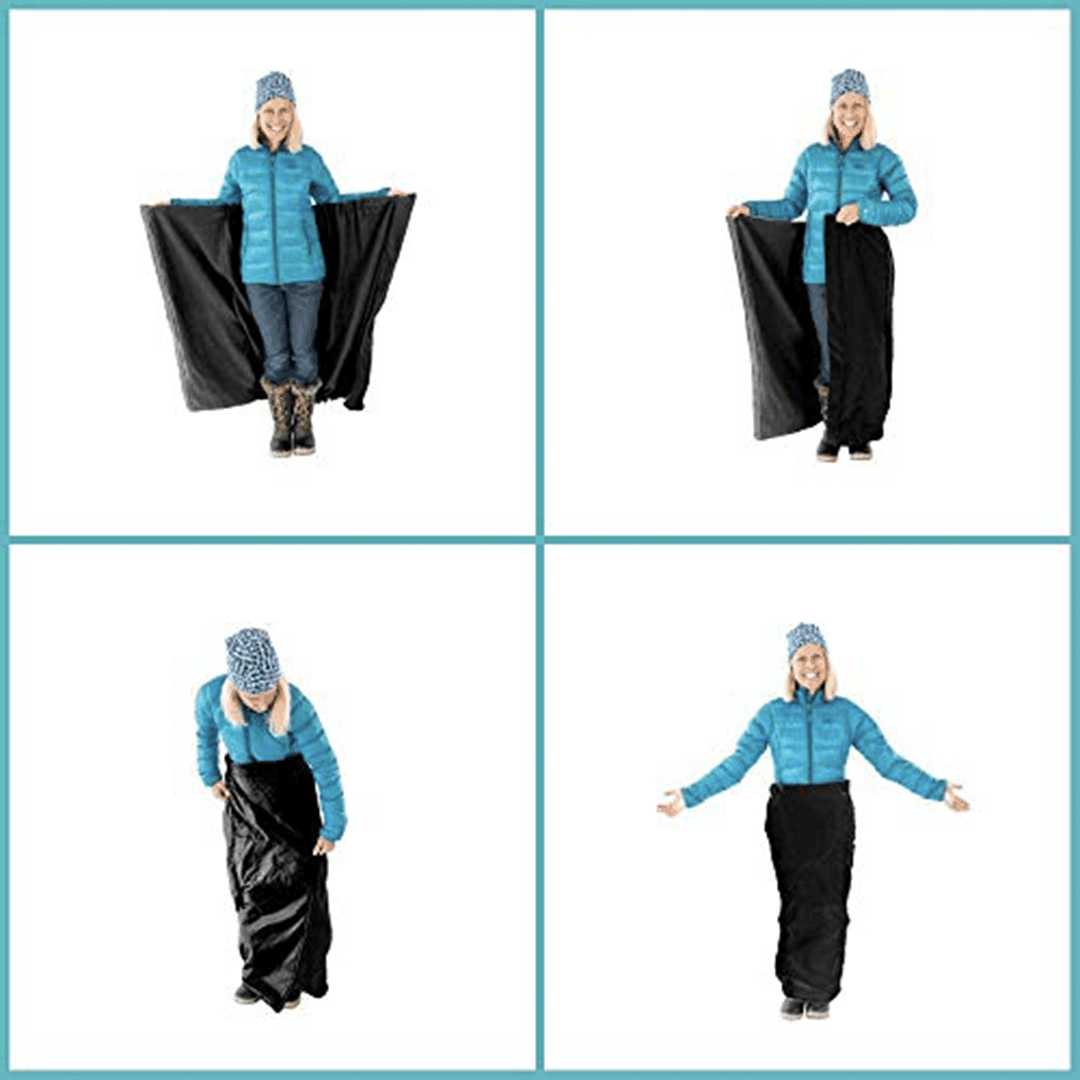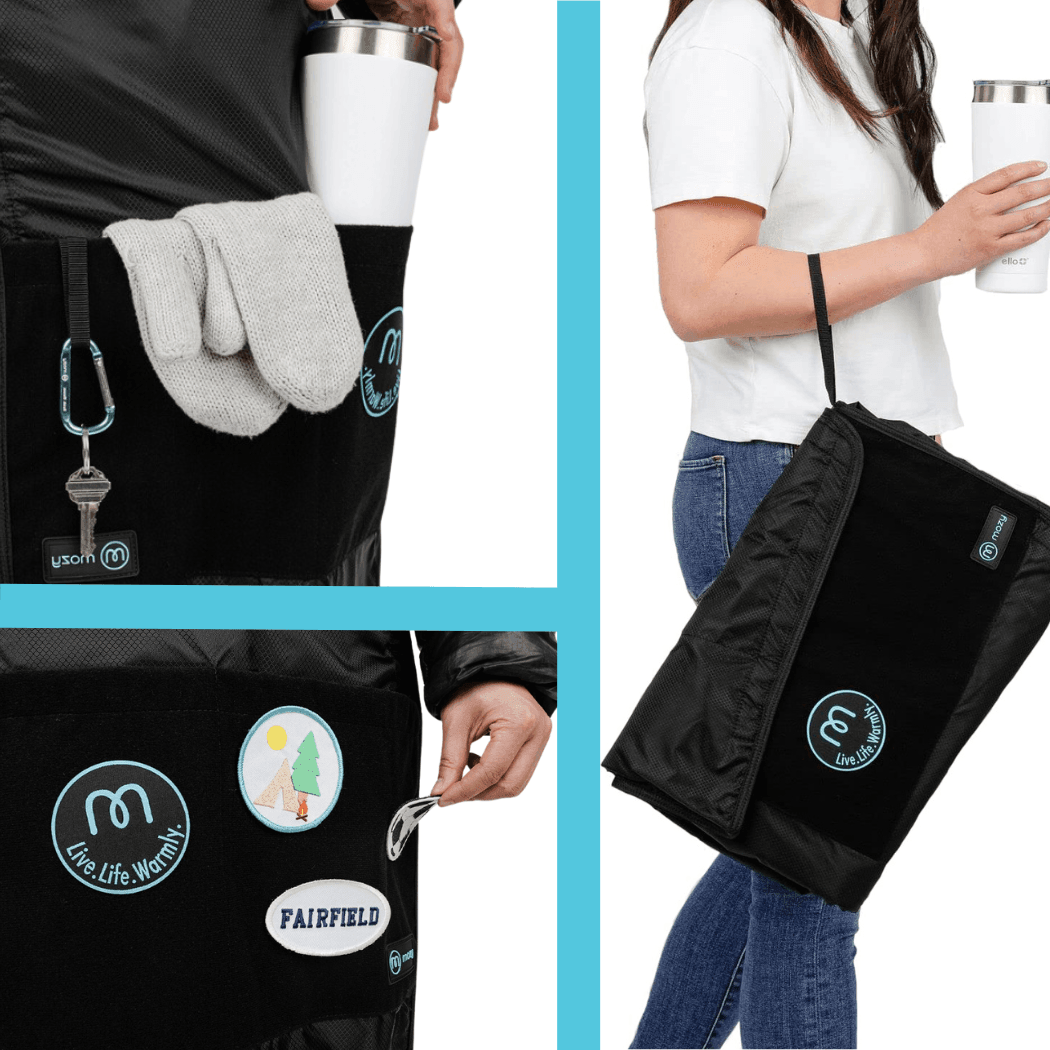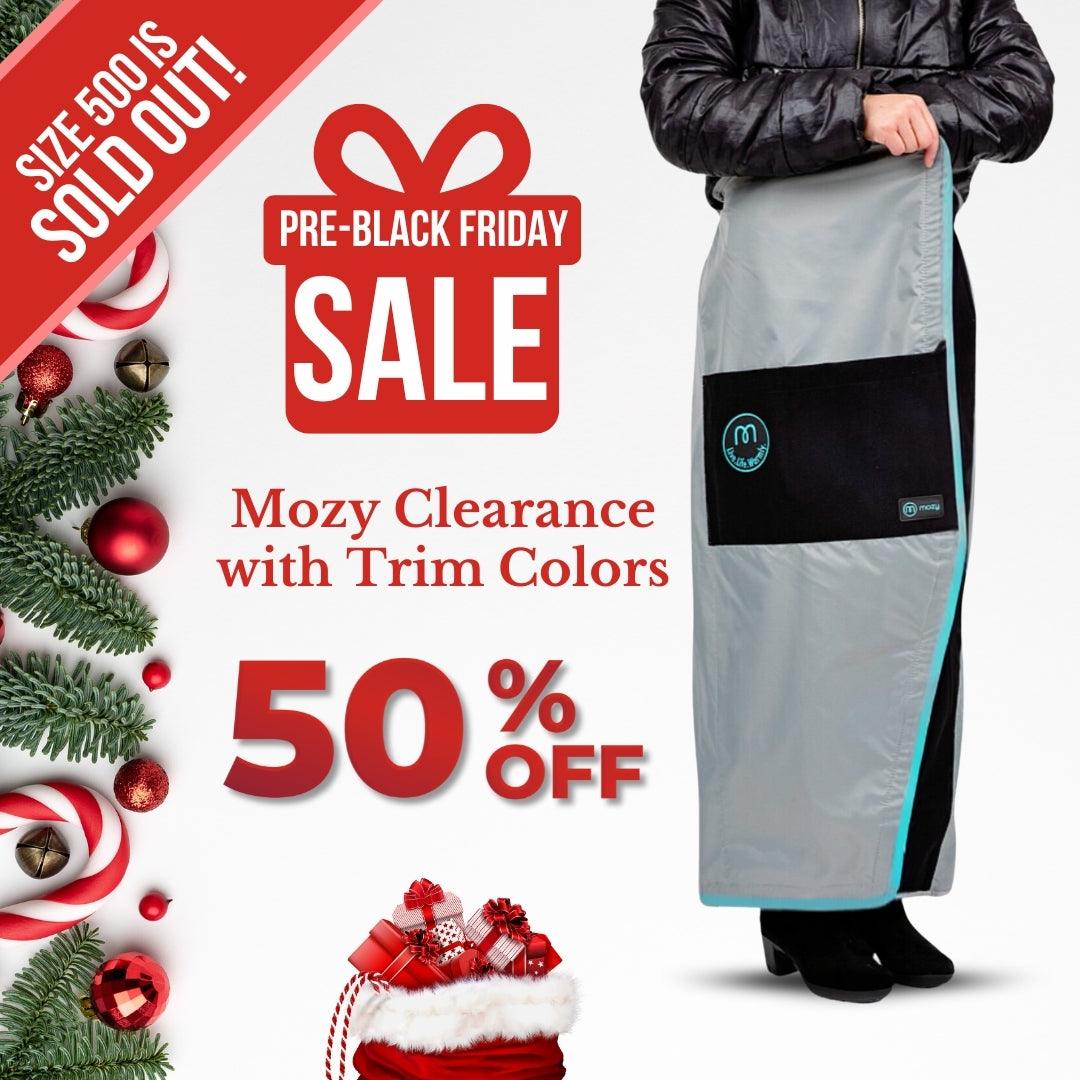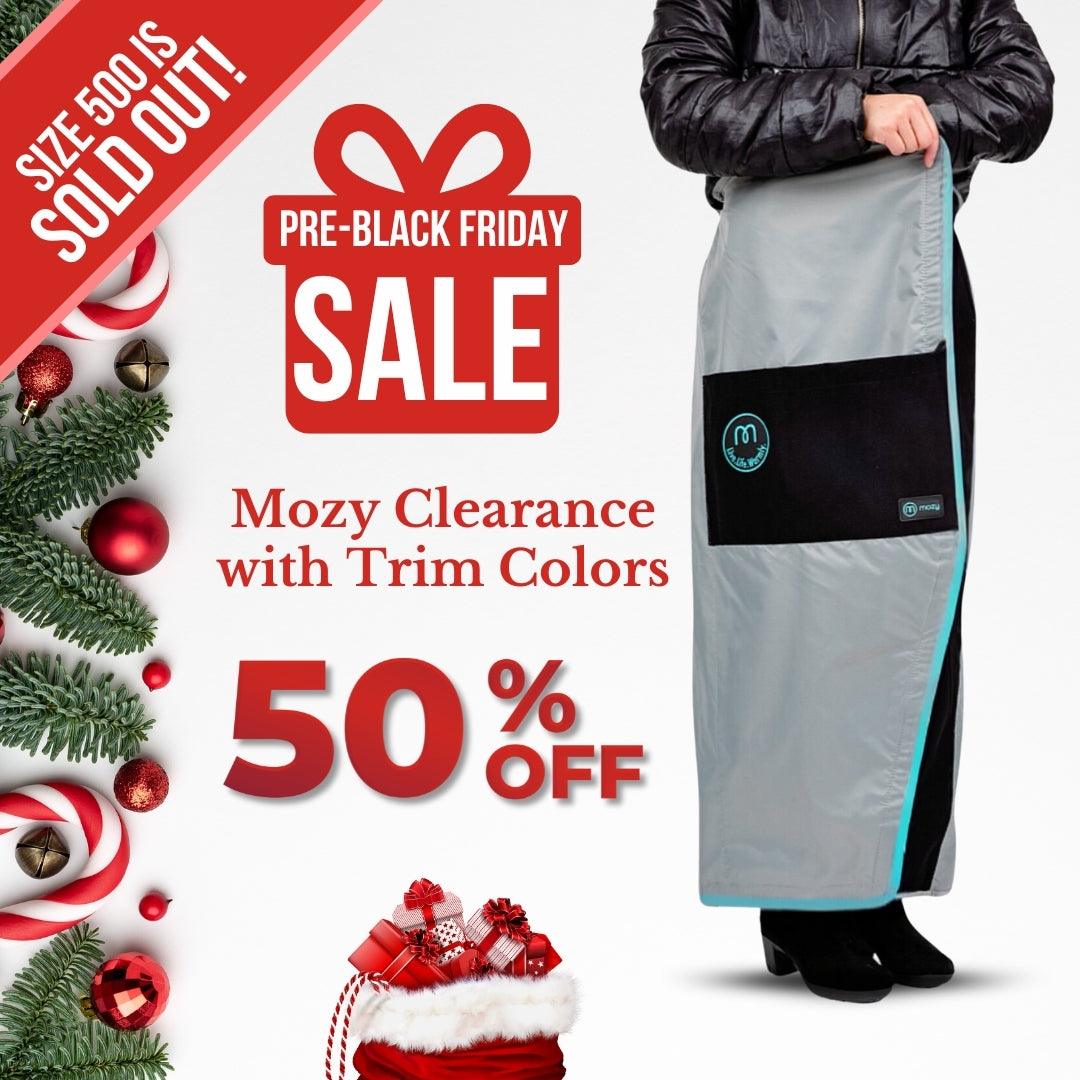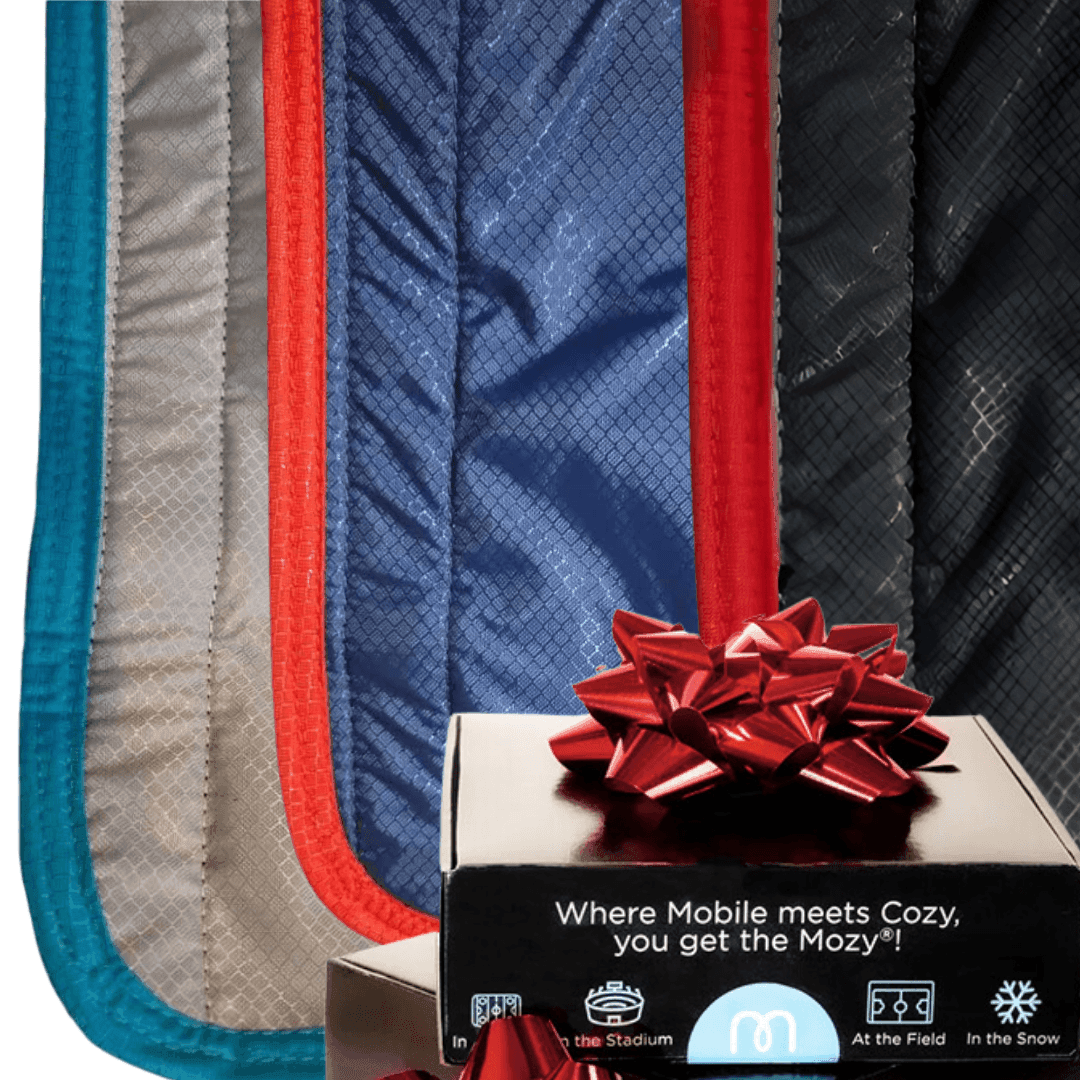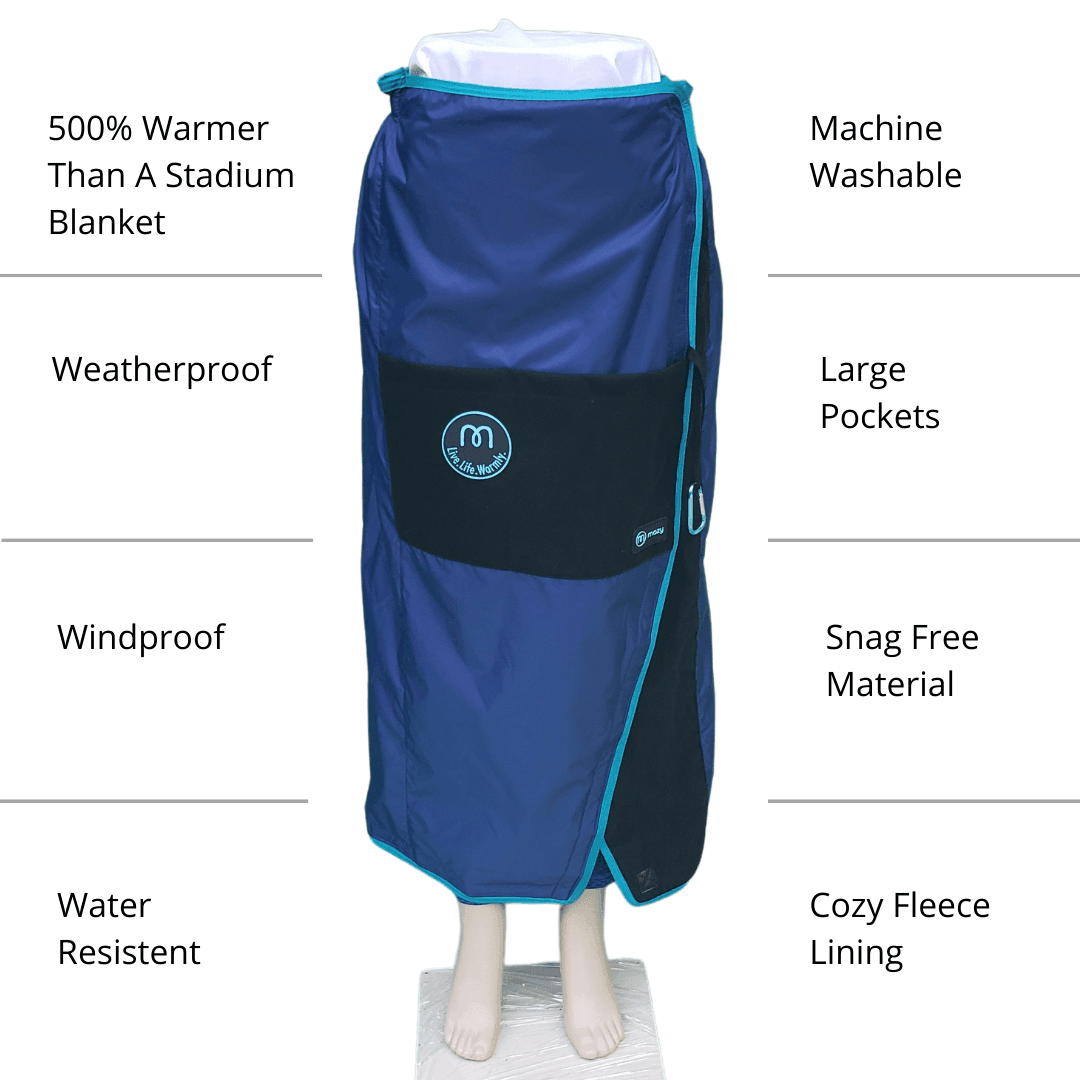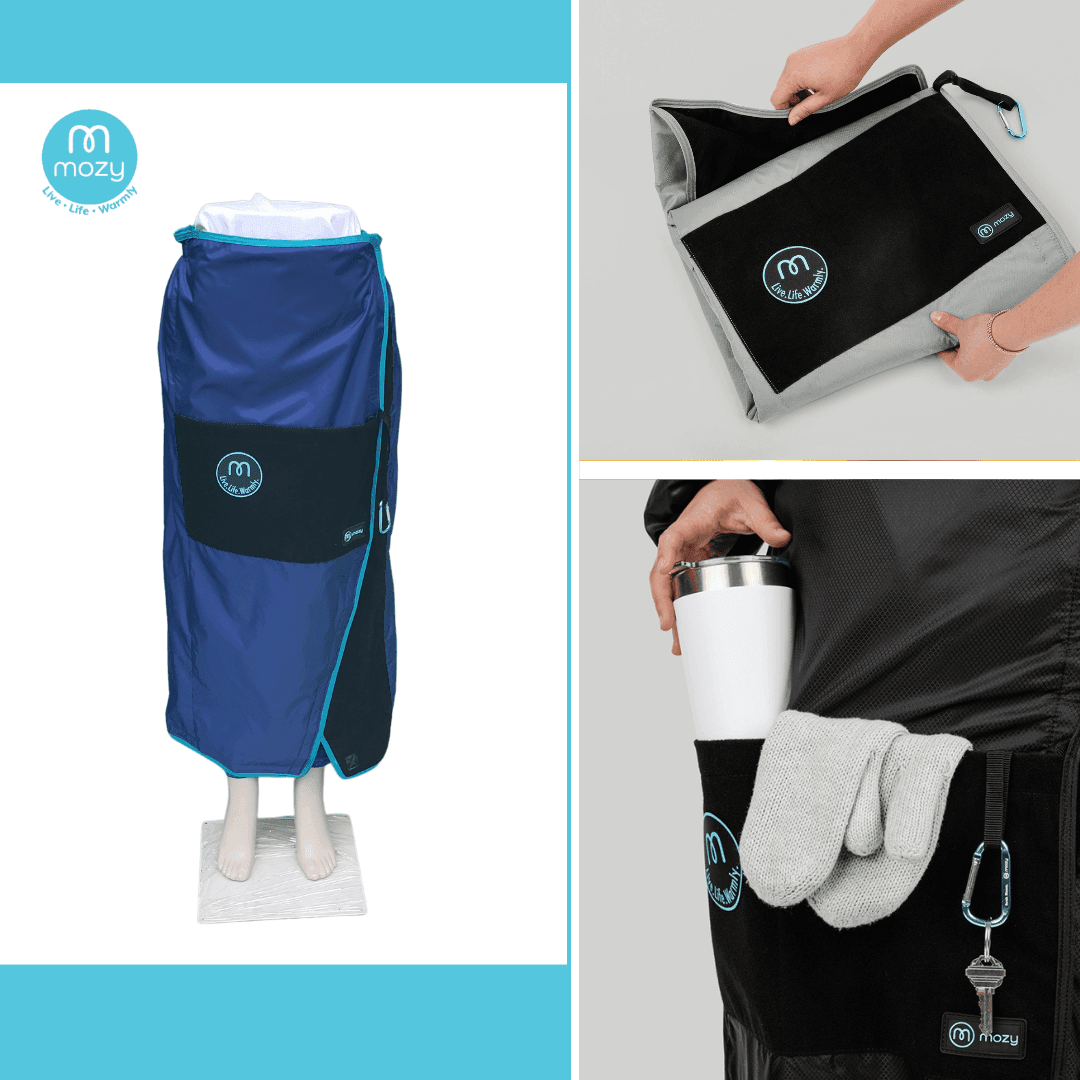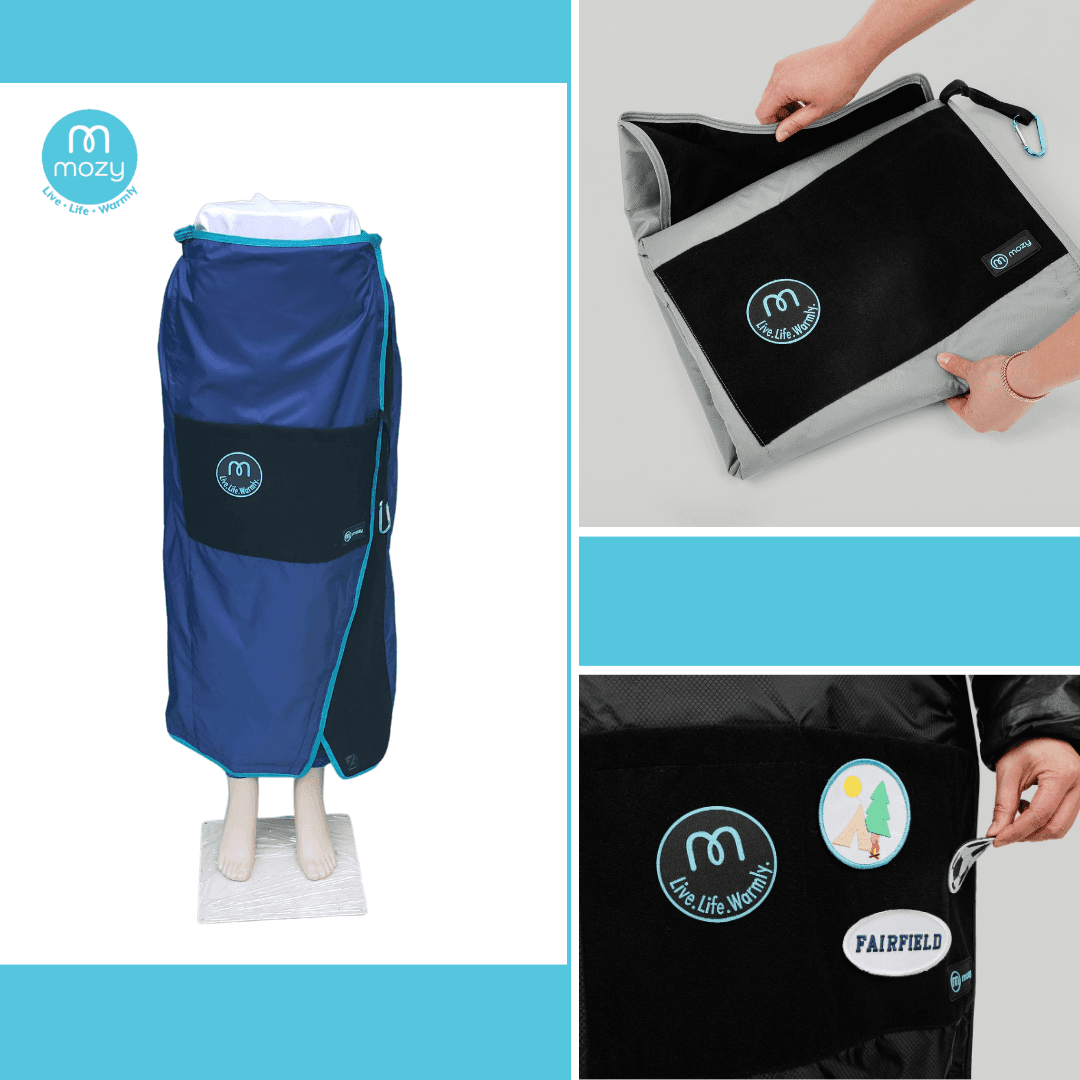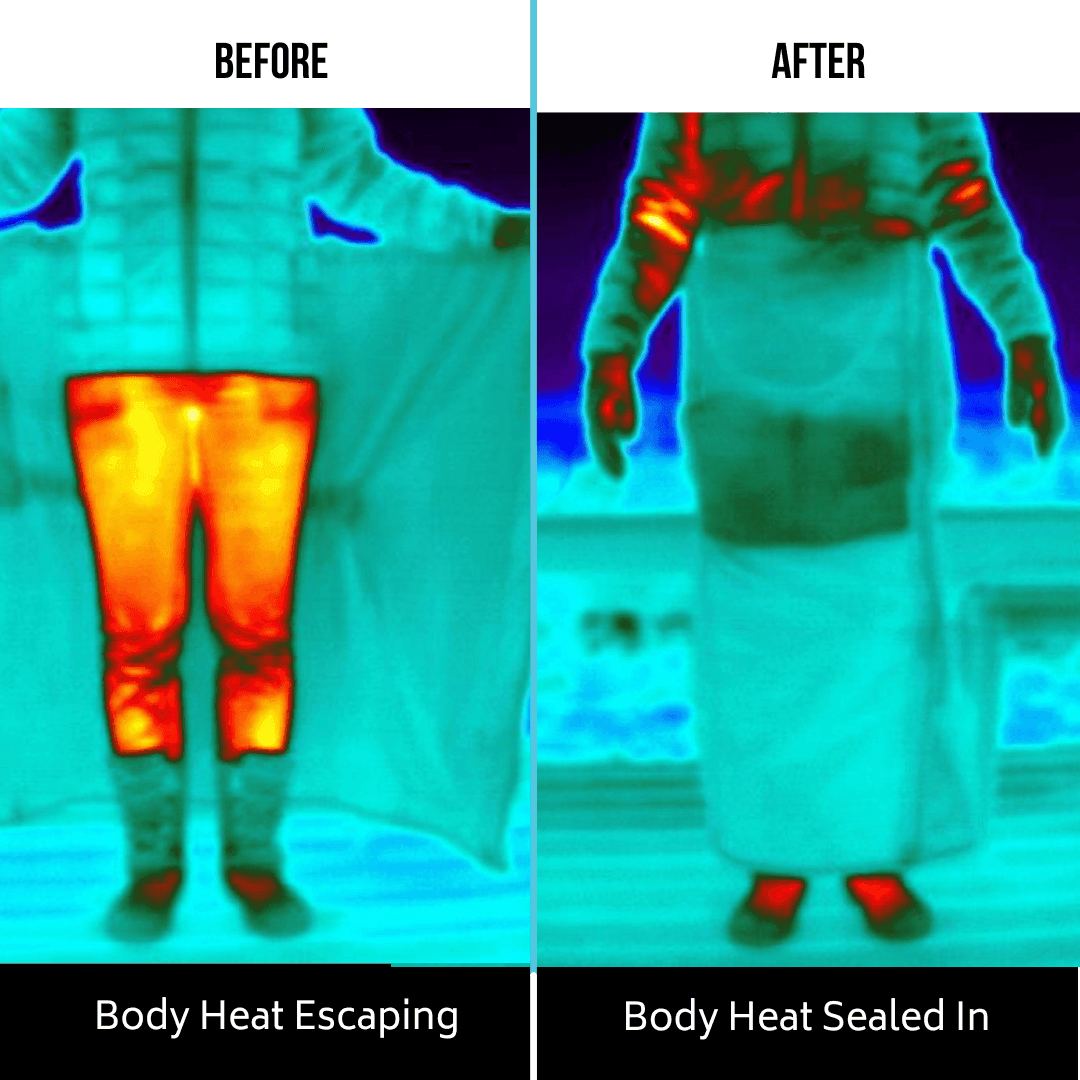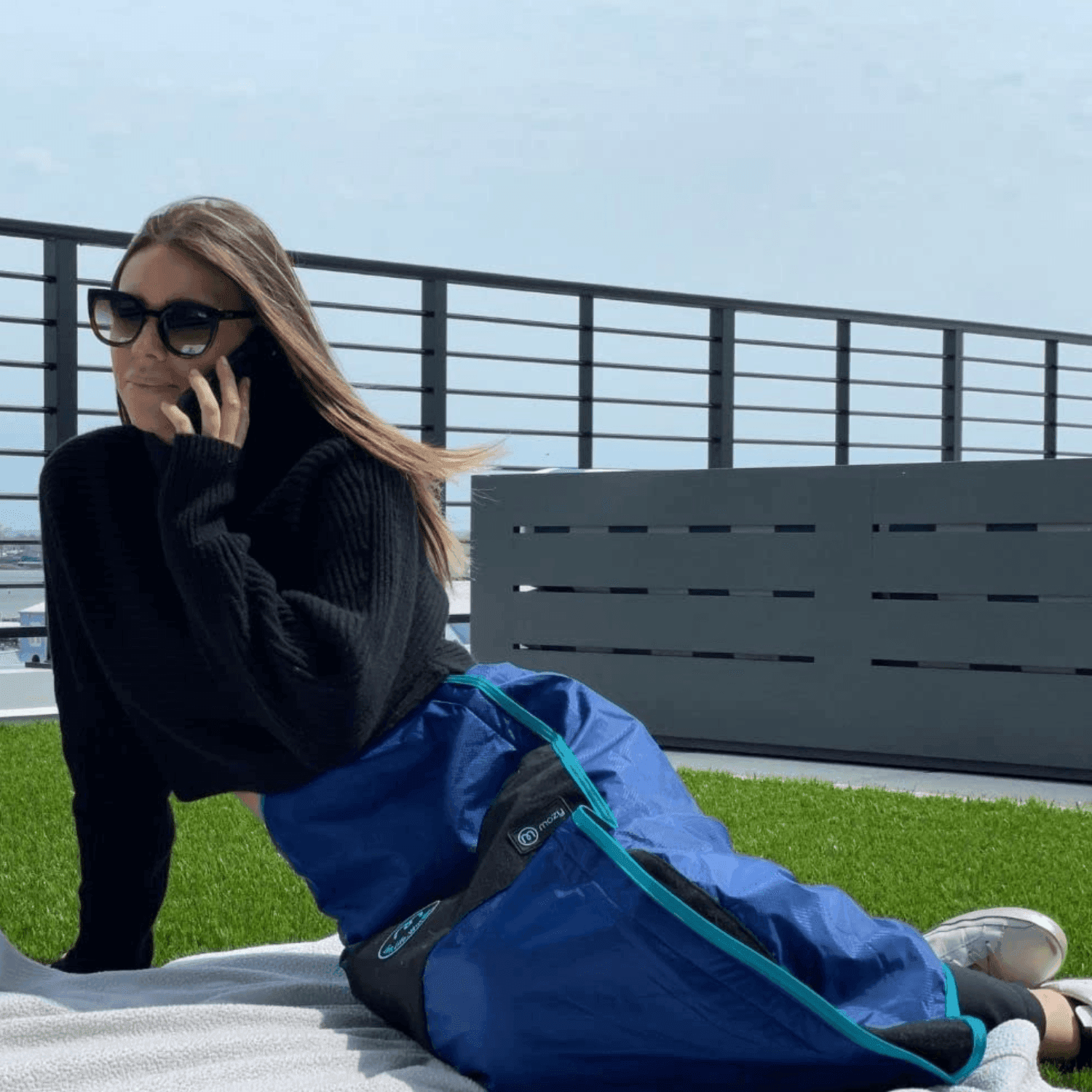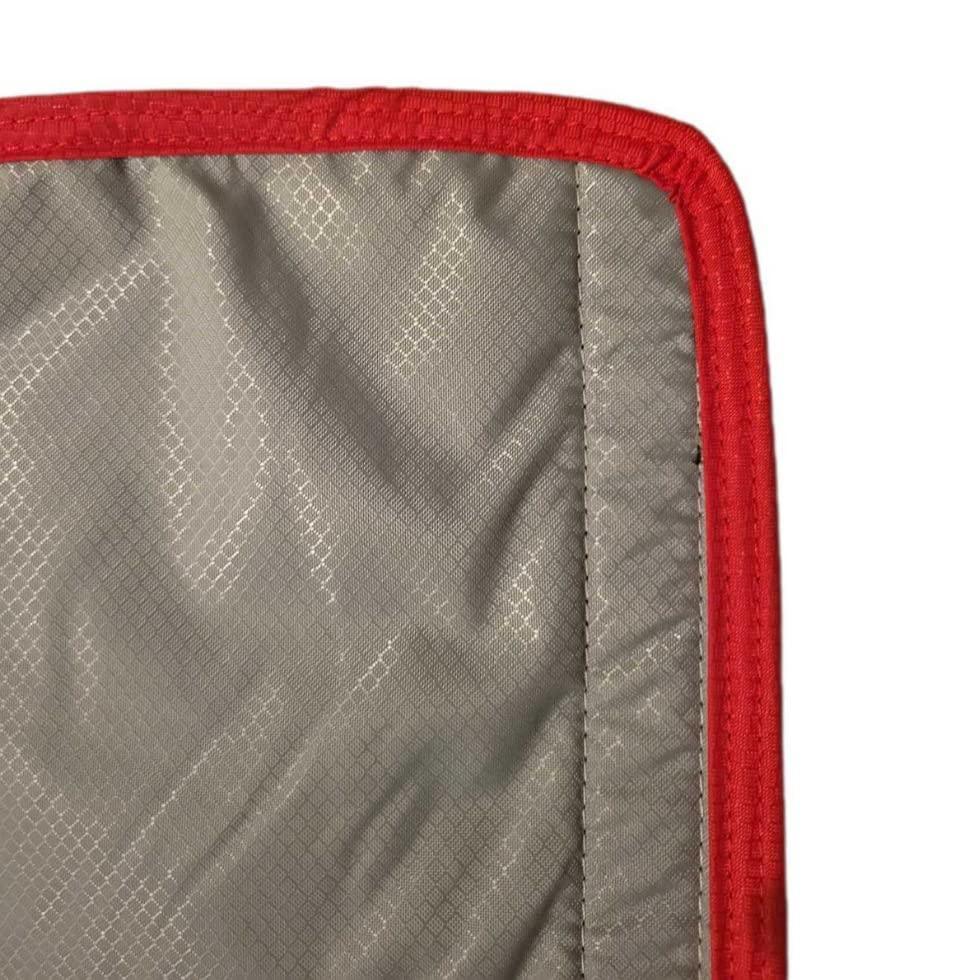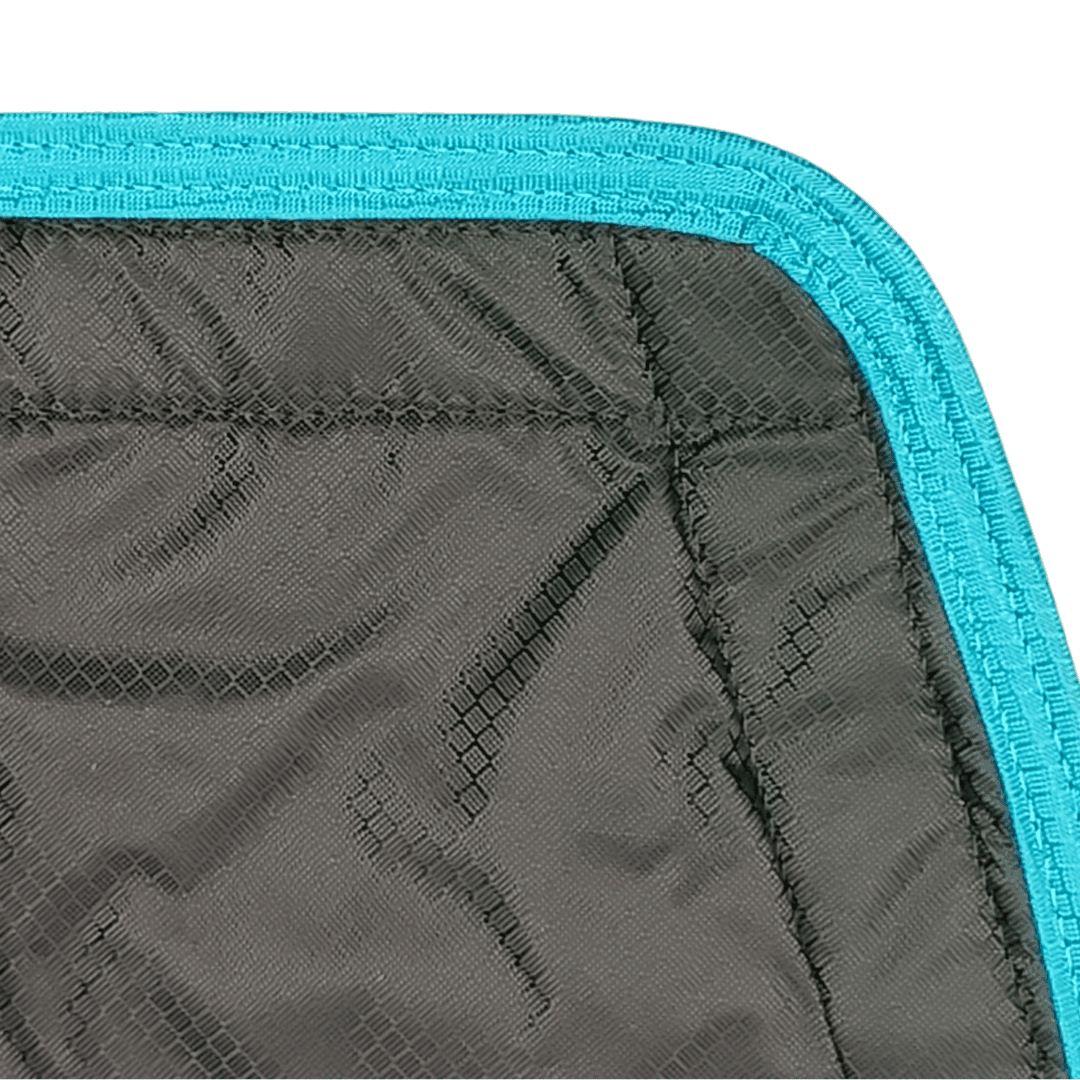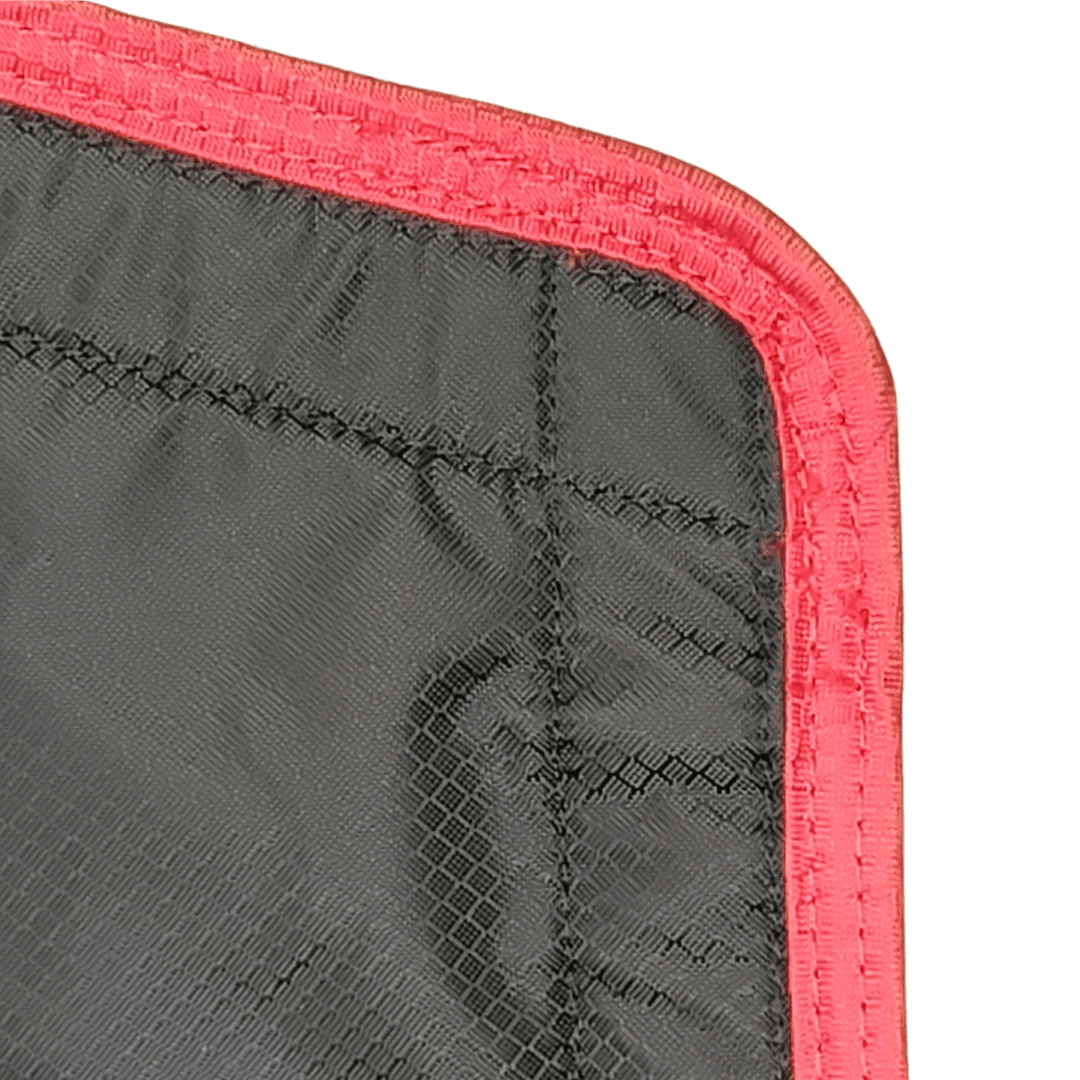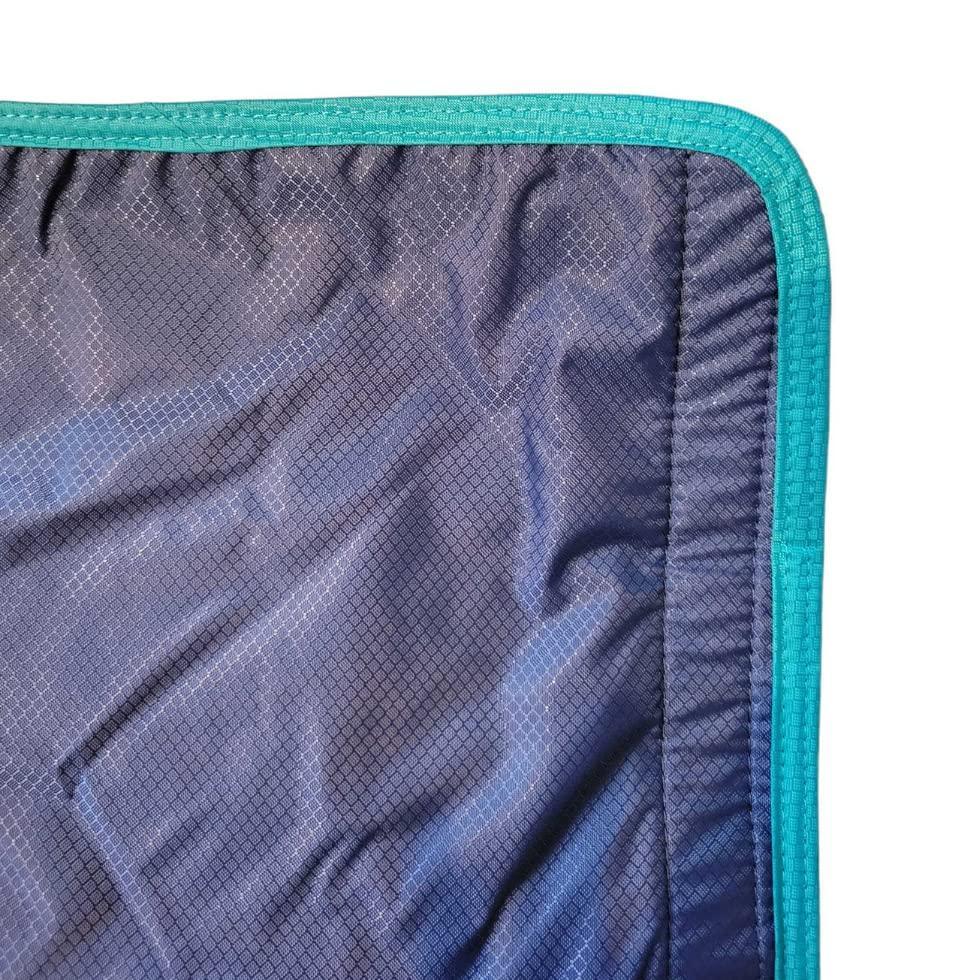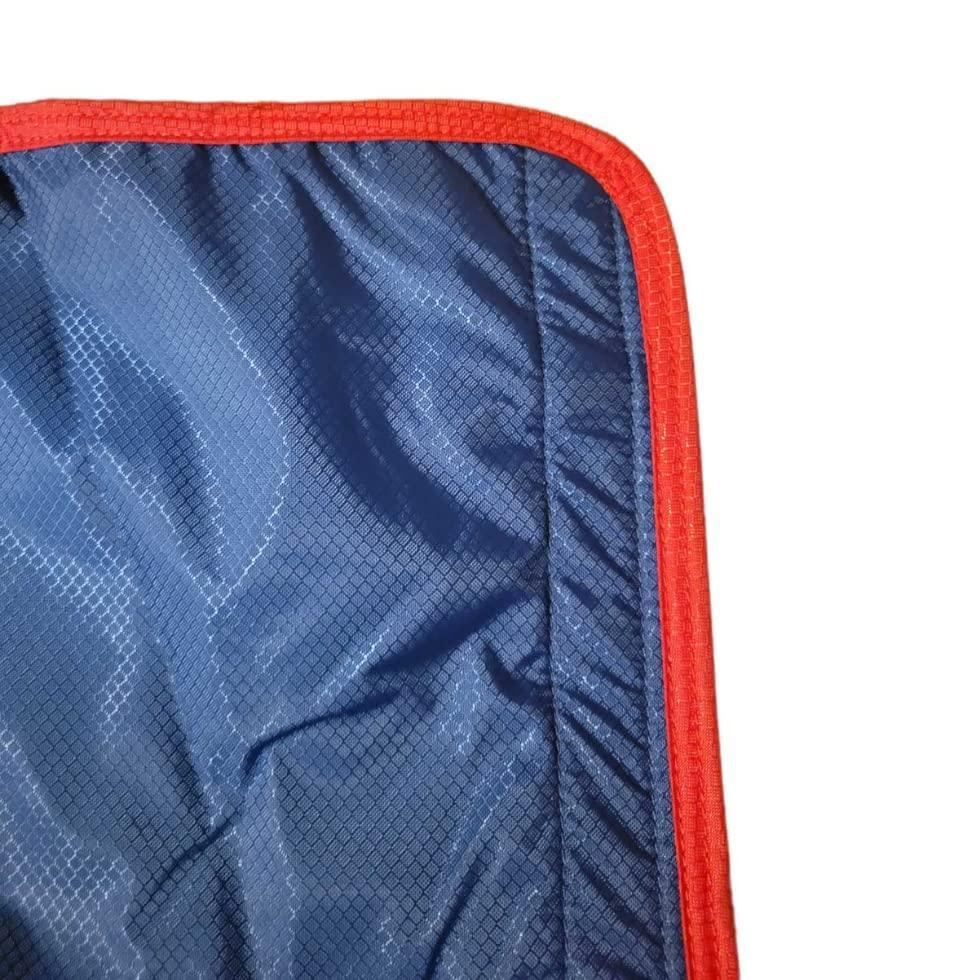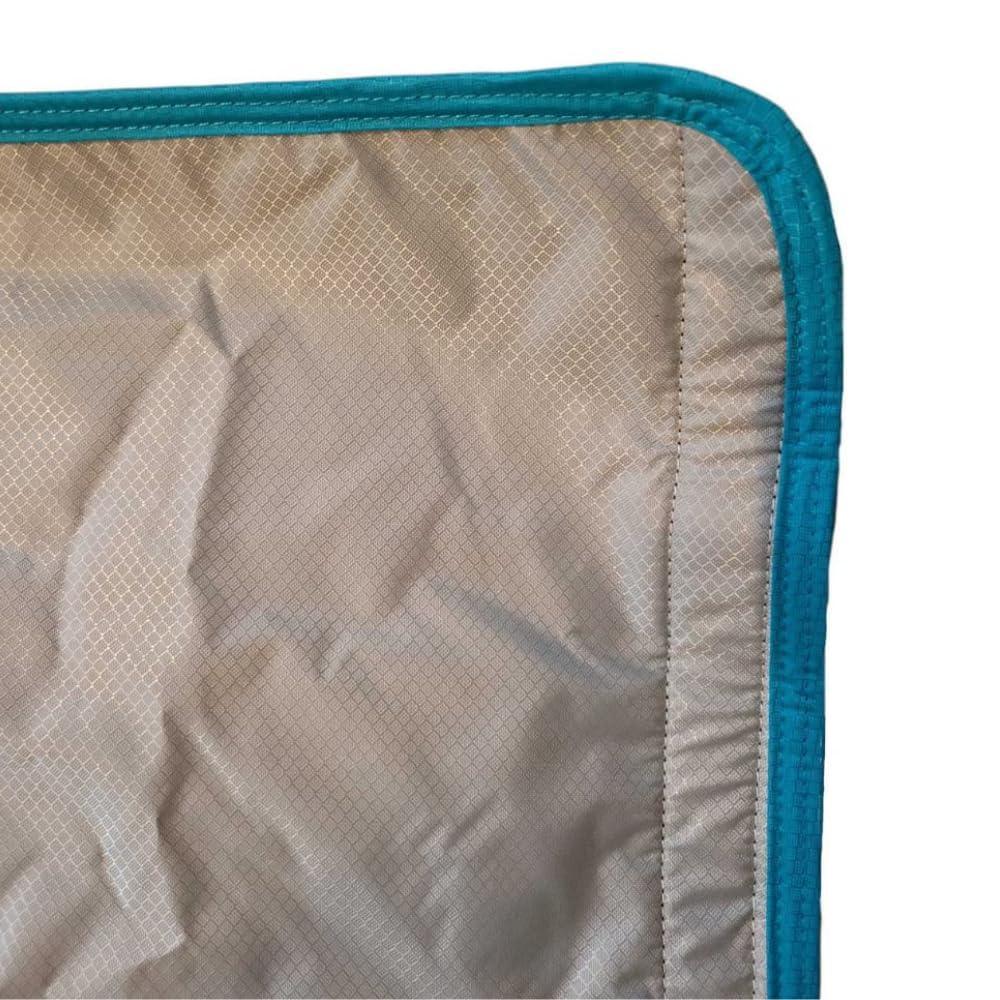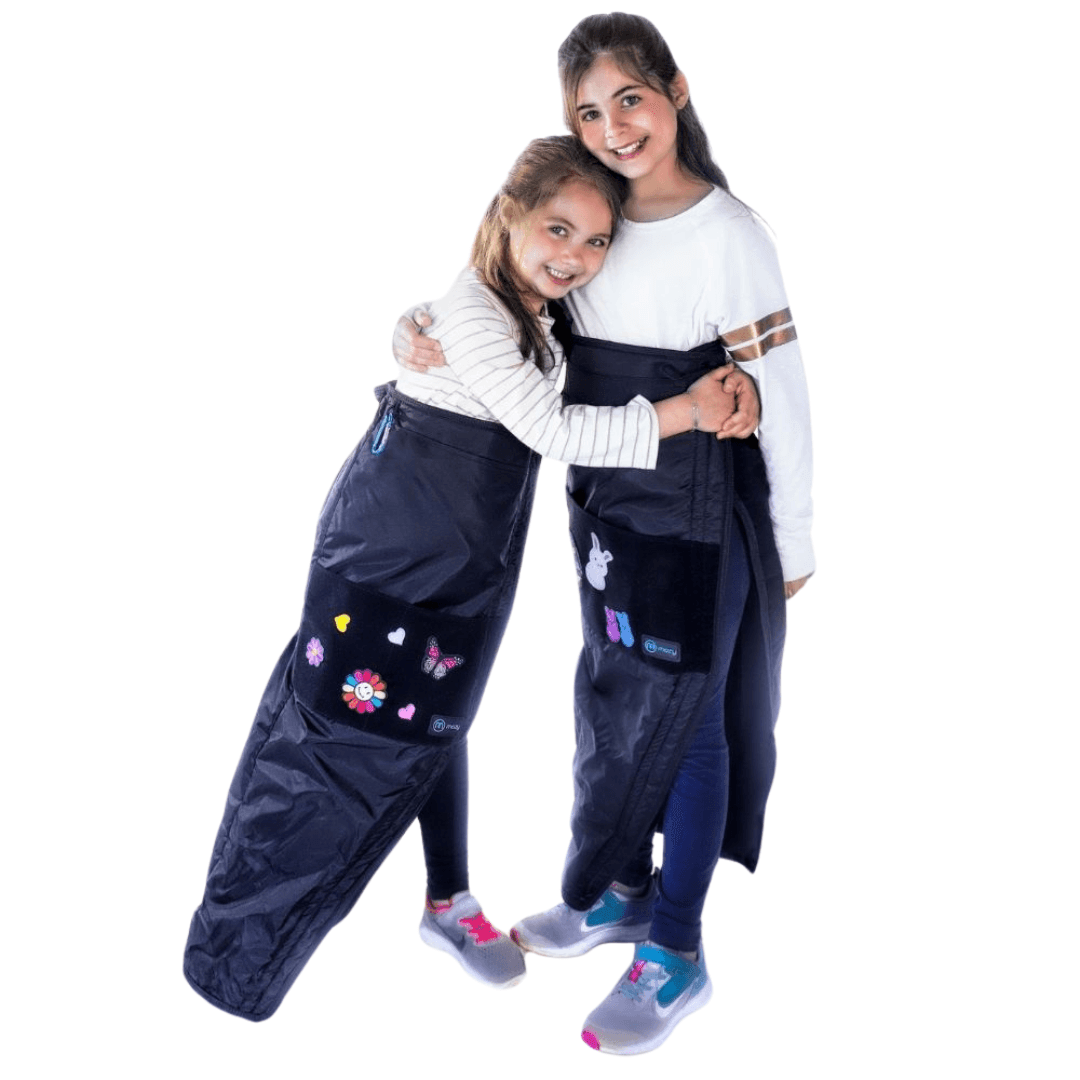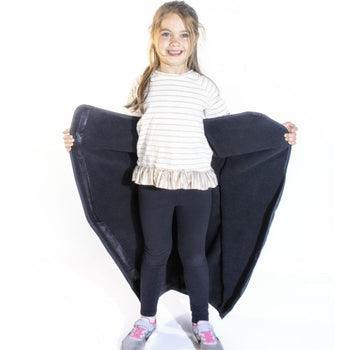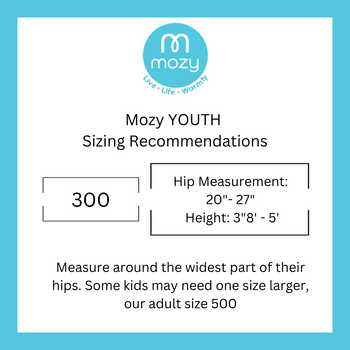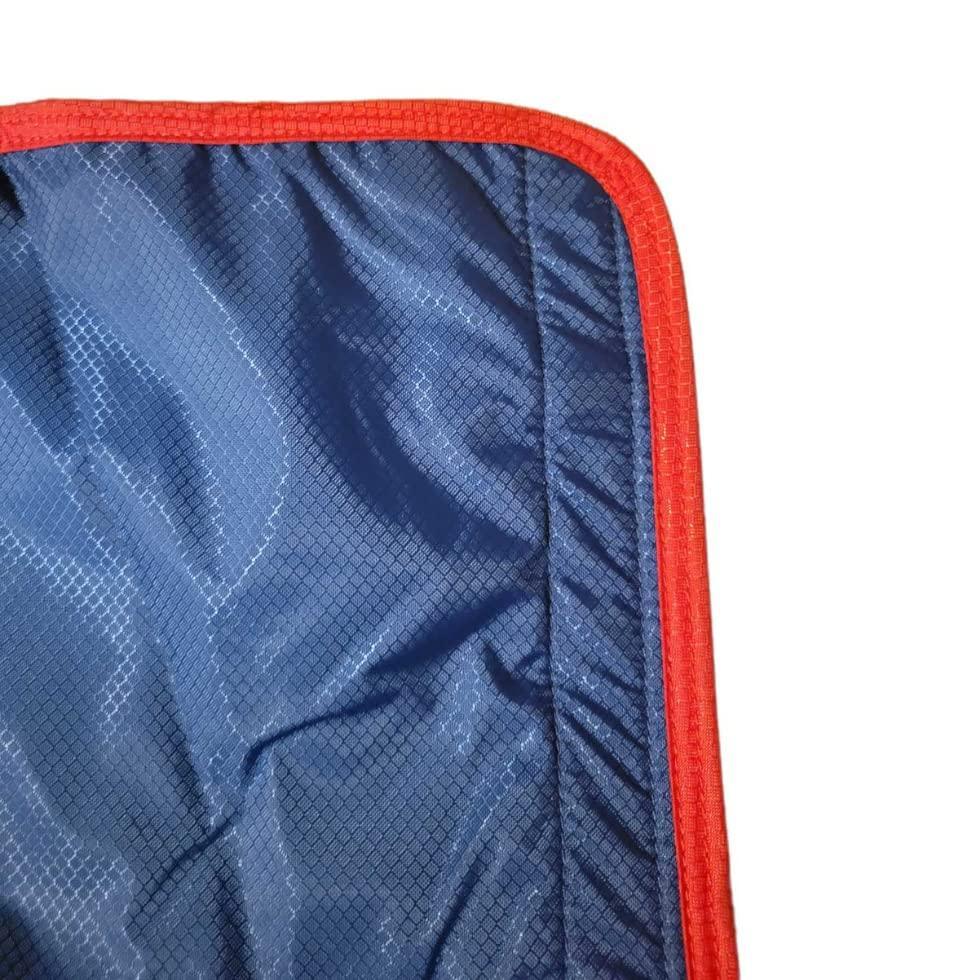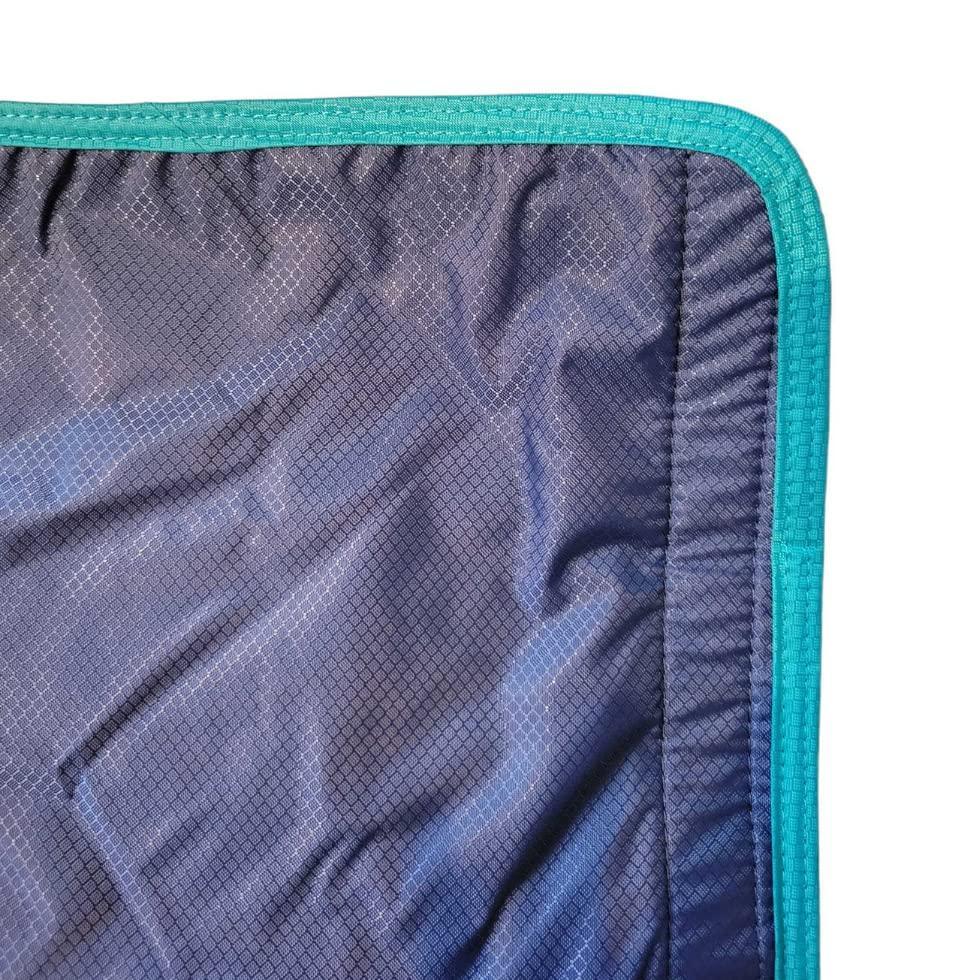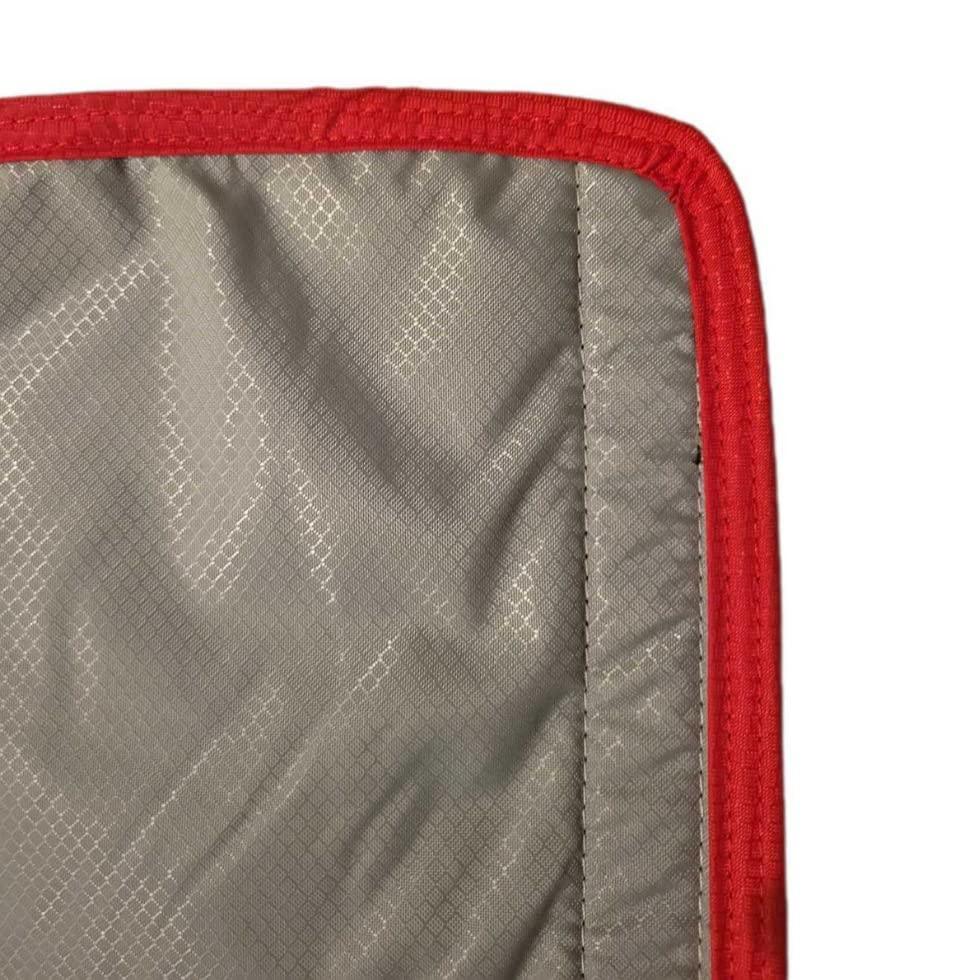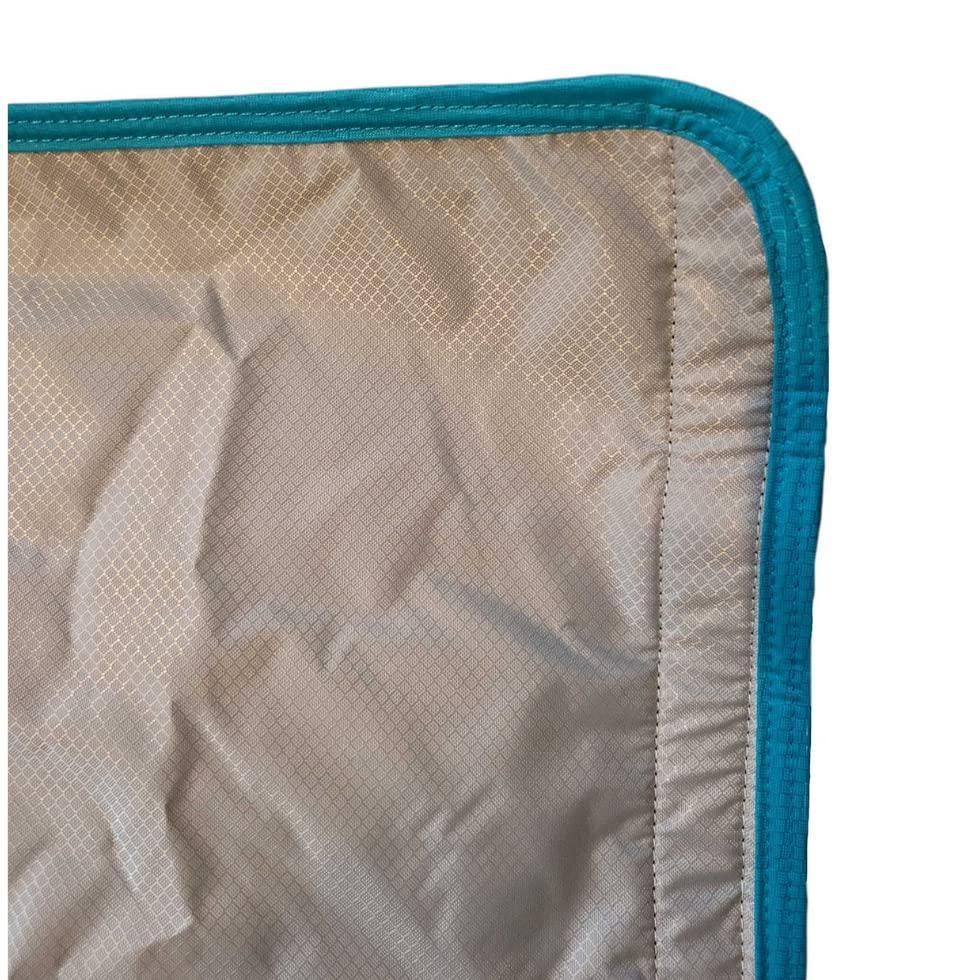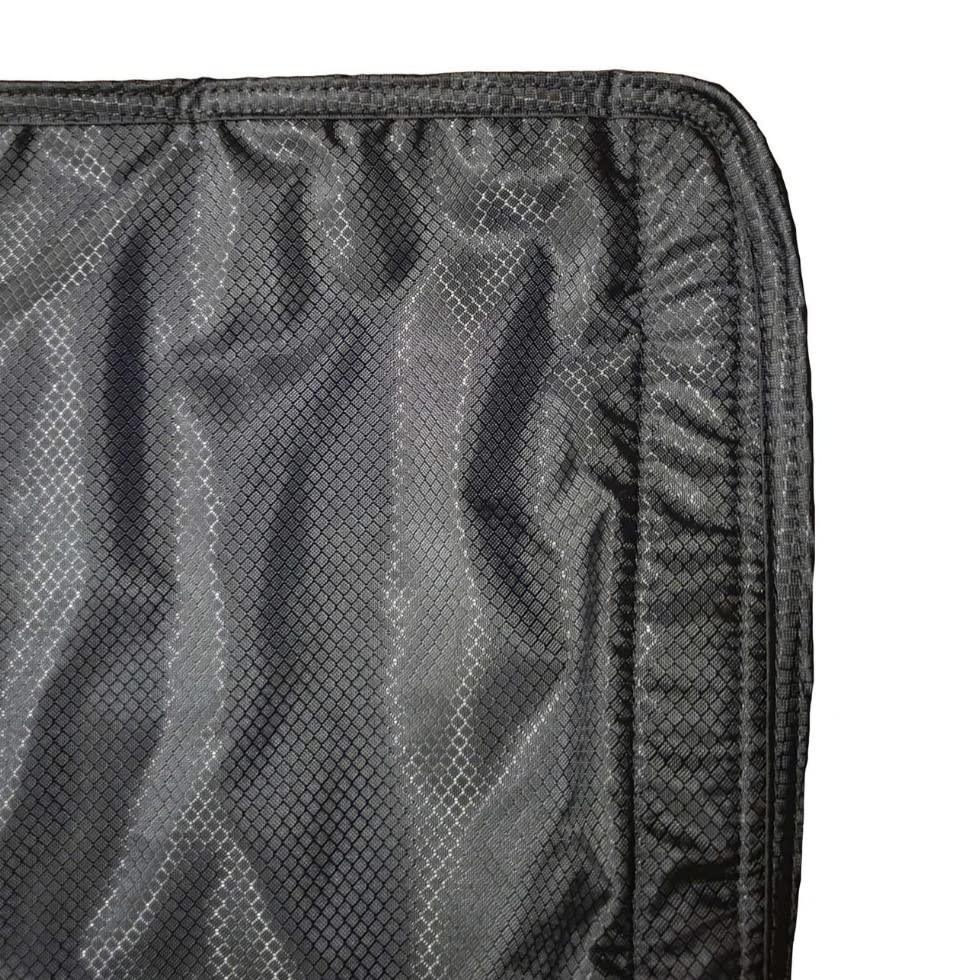The 72-Degree Conspiracy: Why Indoor Spaces Are Too Cold for Women
Author: The Mozy Content Team is made up of outdoor-loving storytellers dedicated to helping you stay warm, cozy, and connected—wherever life takes you. We share tips, stories, and updates inspired by real Mozy moments and our amazing community.
Ever wonder why you're bundled up in a cardigan while your male colleagues are perfectly comfortable in short sleeves? You're not imagining it, and you're definitely not alone. Welcome to the world of "women's winter" – that phenomenon where you're shivering indoors while it's blazing hot outside.
Here's the shocking truth: most office buildings are designed around a comfort formula created in the 1960s based on the metabolic rate of a 40-year-old, 154-pound man wearing a business suit. Yes, you read that right – the temperature that feels "just right" in your office was literally designed for men, not women.

The Science Behind the Shiver
Research shows that women's optimal comfort temperature is about 77°F, while men prefer around 72°F. That 5-degree difference might not sound like much, but it's the difference between feeling comfortable and reaching for your emergency desk sweater. Women typically have lower metabolic rates and less muscle mass than men, which means they generate less body heat. Add to that the fact that women often have better circulation to their core (protecting vital organs) but reduced blood flow to extremities, and you've got a recipe for perpetually cold hands and feet.
The plot thickens when you consider that most women's professional attire – blouses, skirts, dresses – provides less insulation than men's typical business wear. So not only are women biologically predisposed to feel colder, but they're also dressed for it less adequately. It's like a perfect storm of chilliness designed to make you miserable at work.
Your Arctic Office Survival Guide
While we wait for the world to catch up and create more inclusive climate control, here are some practical strategies for surviving your personal ice age:
Layer Like a Pro: Keep a lightweight cardigan or blazer at your desk. Scarves aren't just fashionable – they're functional for protecting your neck, where you lose significant heat. Consider a small lap blanket for meetings, but make sure it looks professional.
Warm From Within: Keep a supply of hot tea or coffee at your desk. That warm mug isn't just comforting – it actually helps heat up the temperature sensors in your hands, sending "I'm warming up!" signals to your brain.
Strategic Seating: If possible, avoid sitting directly under air vents. Position yourself near windows that get natural sunlight, or closer to equipment that generates a bit of warmth (like printers or computers).
The Mozy Solution: For the ultimate in discreet office warmth, consider a wearable thermal wrap like Mozy. Unlike bulky blankets that scream "I'm freezing," Mozy wraps around your lower body, providing targeted warmth while maintaining your professional appearance. It's designed to trap your body heat efficiently, so you stay comfortable without looking like you're camping at your desk.


The Movement Toward Change
BUY YOUR MOZY HEREThe good news? There's growing awareness about this issue. Some progressive companies are adjusting their thermostats or creating "temperature zones" to accommodate different comfort levels. Research is emerging about the productivity costs of keeping employees too cold (spoiler alert: cold people are less productive people).
Until your office joins the revolution, remember that your need for warmth is valid, scientifically backed, and shared by millions of women worldwide. You're not being dramatic – you're being human in a world designed around someone else's comfort level.
So go ahead, embrace your desk cardigan, sip that hot tea, and invest in solutions that keep you comfortable. After all, you shouldn't have to choose between being professional and being warm.



Beyond the Office: Where Else Are You Fighting the Chill?
If the office temperature conspiracy has you nodding in recognition, chances are you've experienced that same "why am I freezing?" feeling in other places too. The truth is, once you start noticing how often you're unexpectedly cold, you'll realize it's everywhere.
Movie theaters that feel like walk-in freezers, making you miss half the film because you're too busy shivering. Restaurants with aggressive AC that have you eating soup in July while wearing a jacket. Airplanes where that thin airline blanket does absolutely nothing. Sporting events where you're cheering from cold bleachers or metal stands. Outdoor concerts where the sun sets and suddenly you're wishing you'd brought more than just a t-shirt.
Even at home, there are those moments – camping trips where the evening temperature drops faster than expected, backyard gatherings that extend past sunset, or beach days where the ocean breeze picks up and you need something more substantial than a towel.
The pattern is clear: we're constantly caught off guard by unexpected cold moments, whether it's from overzealous air conditioning or natural temperature changes. The key is being prepared with a solution that's as mobile as you are – something that provides real warmth without the bulk, slipping, or hassle of traditional blankets.

